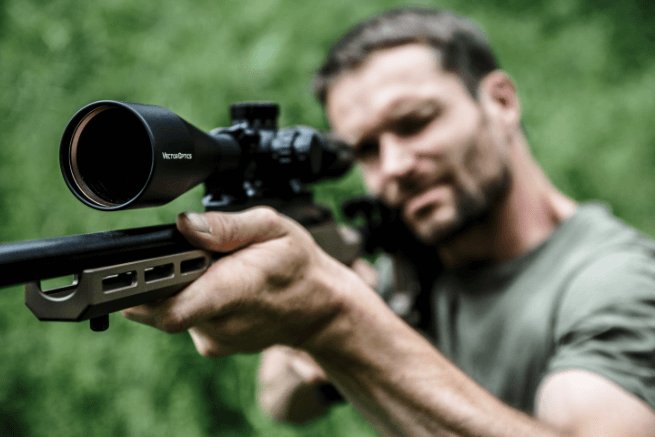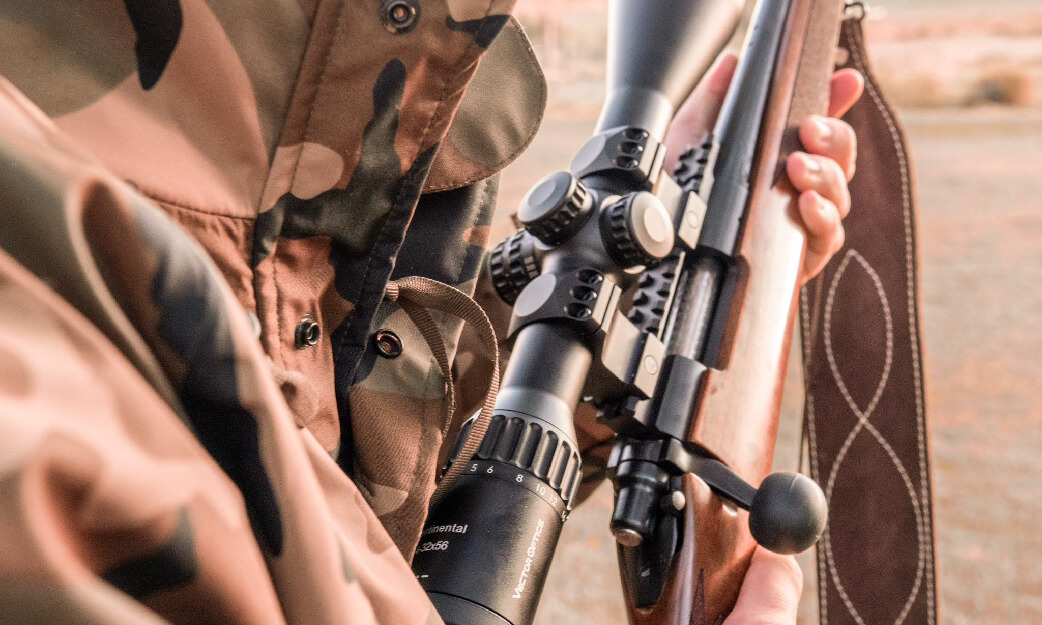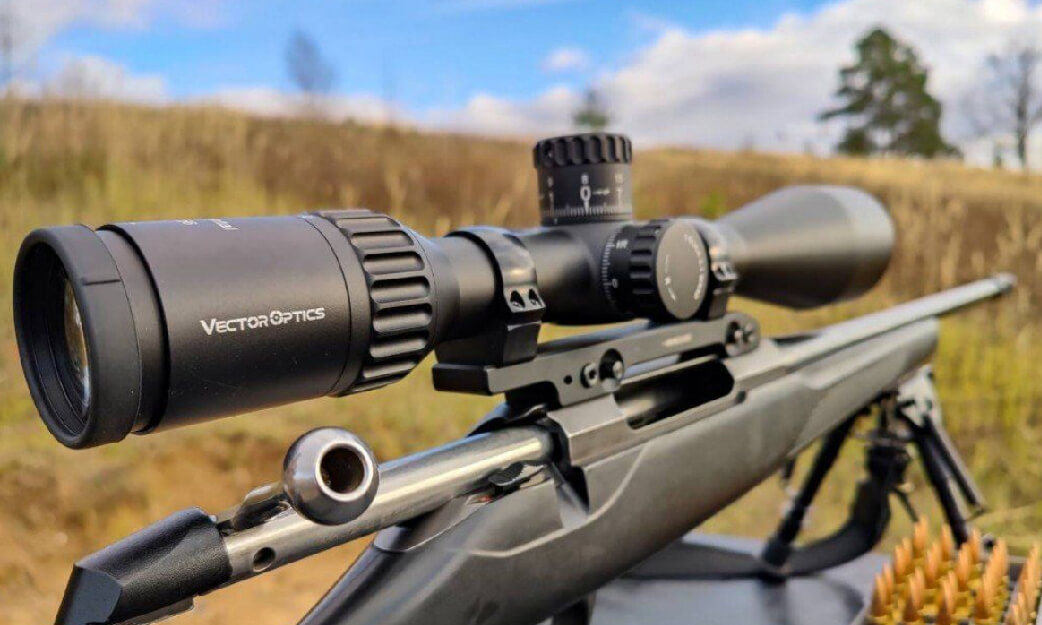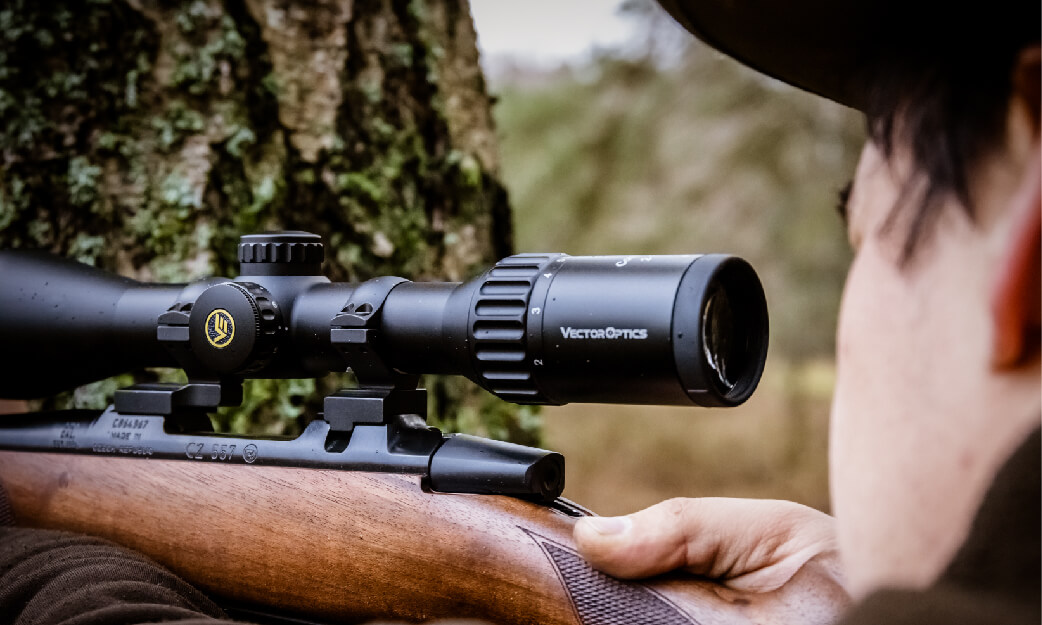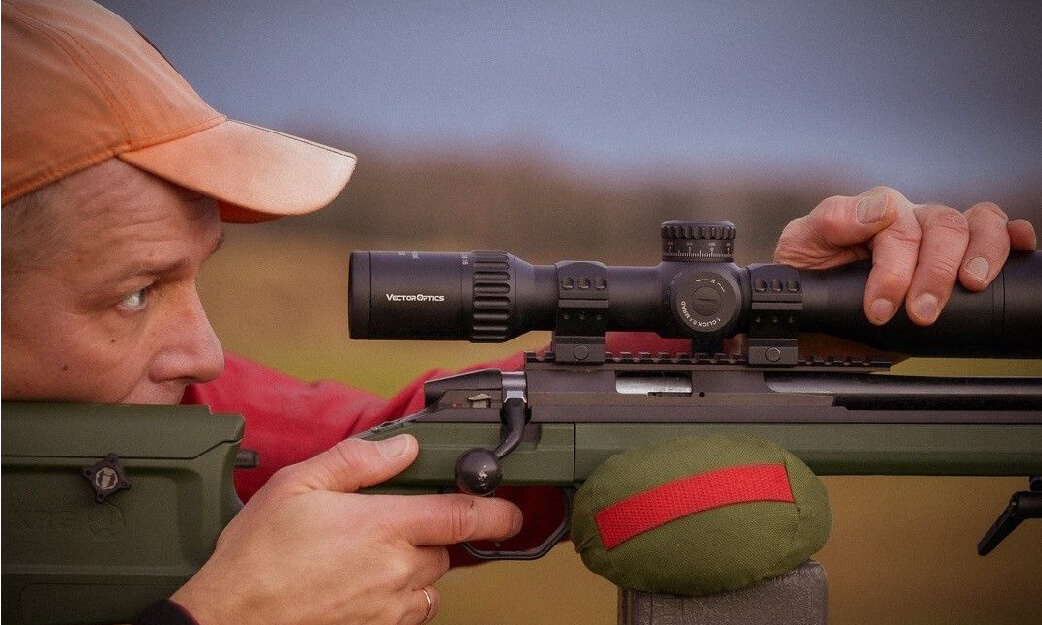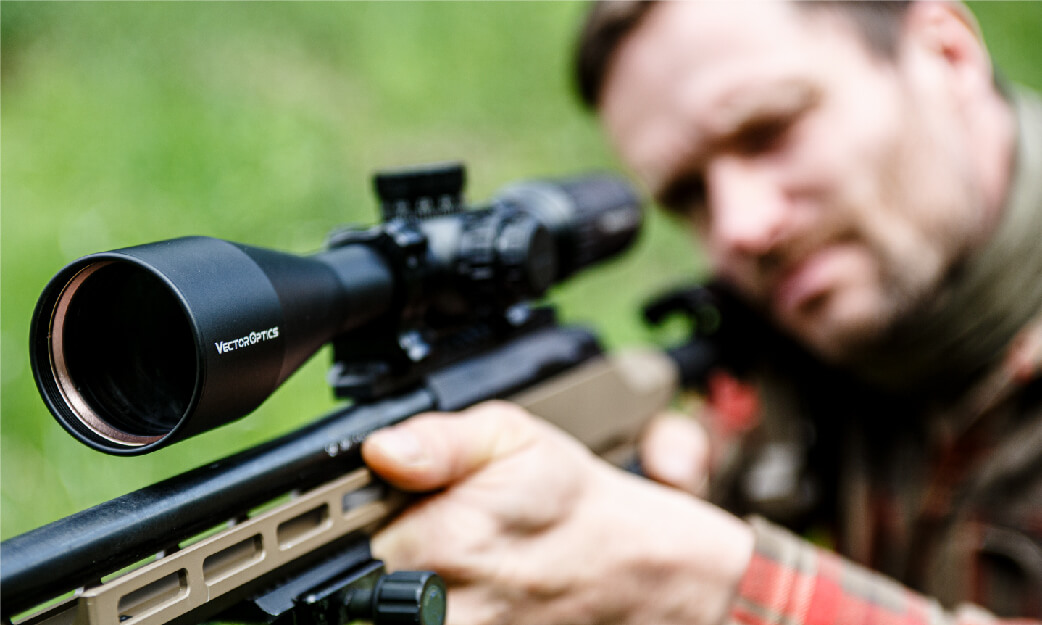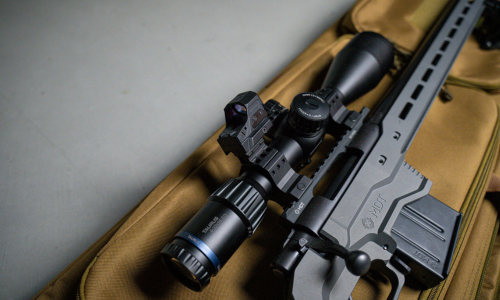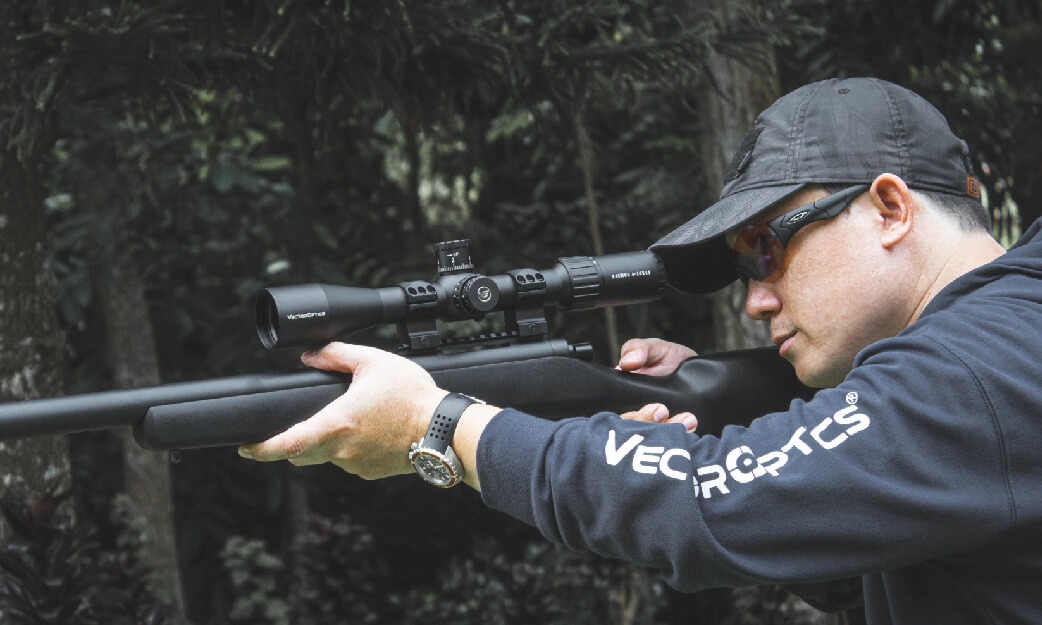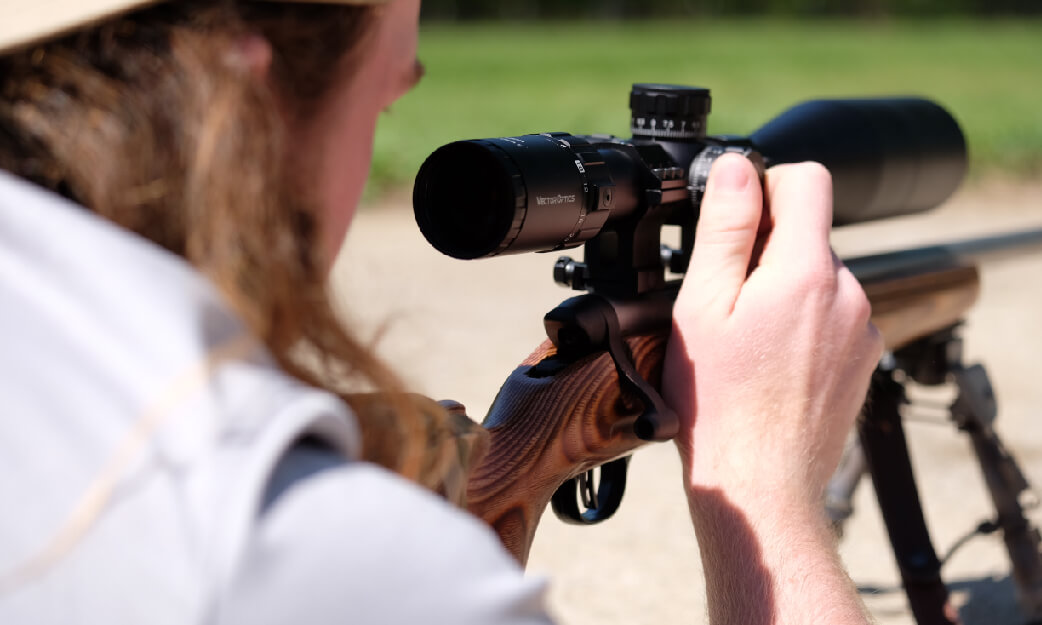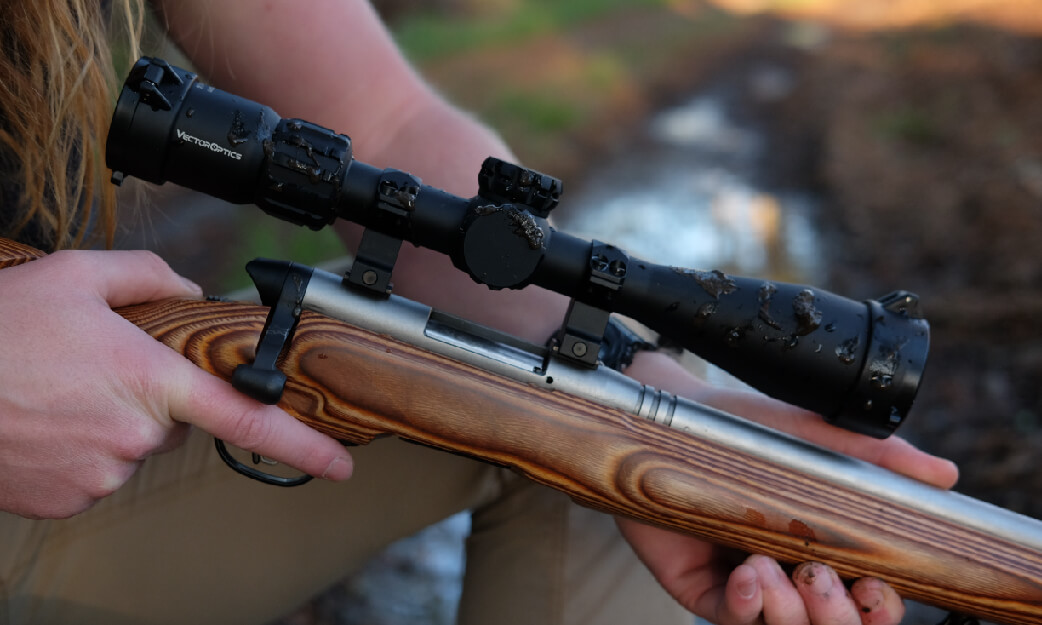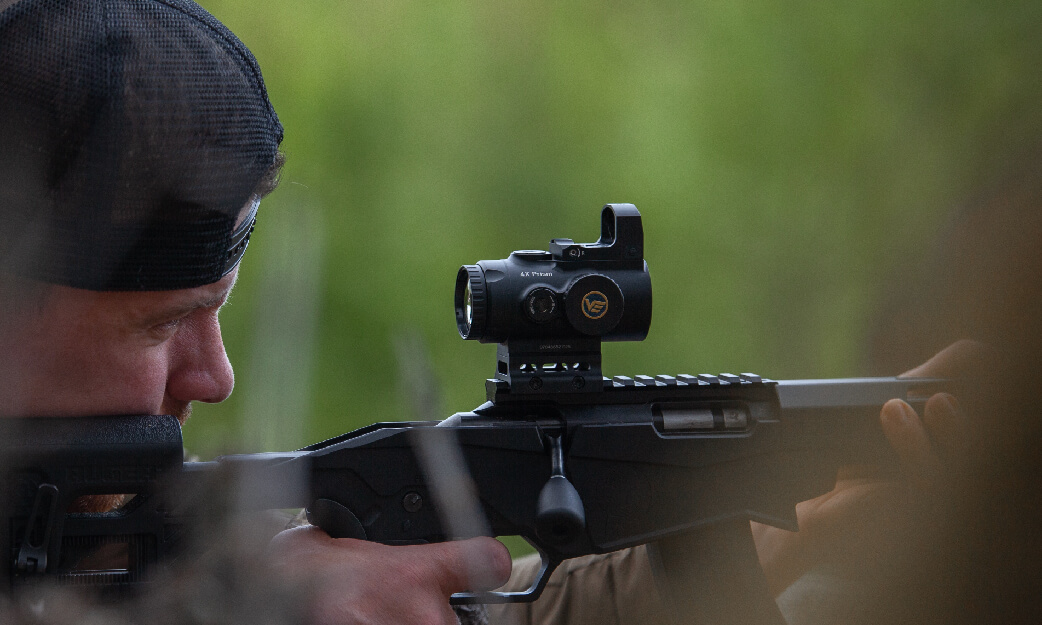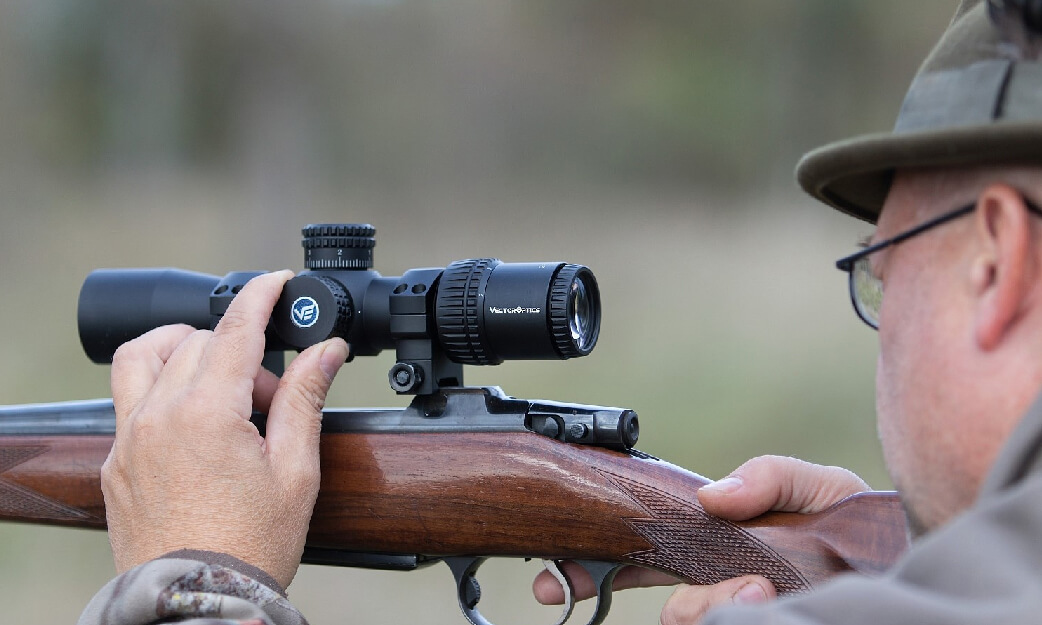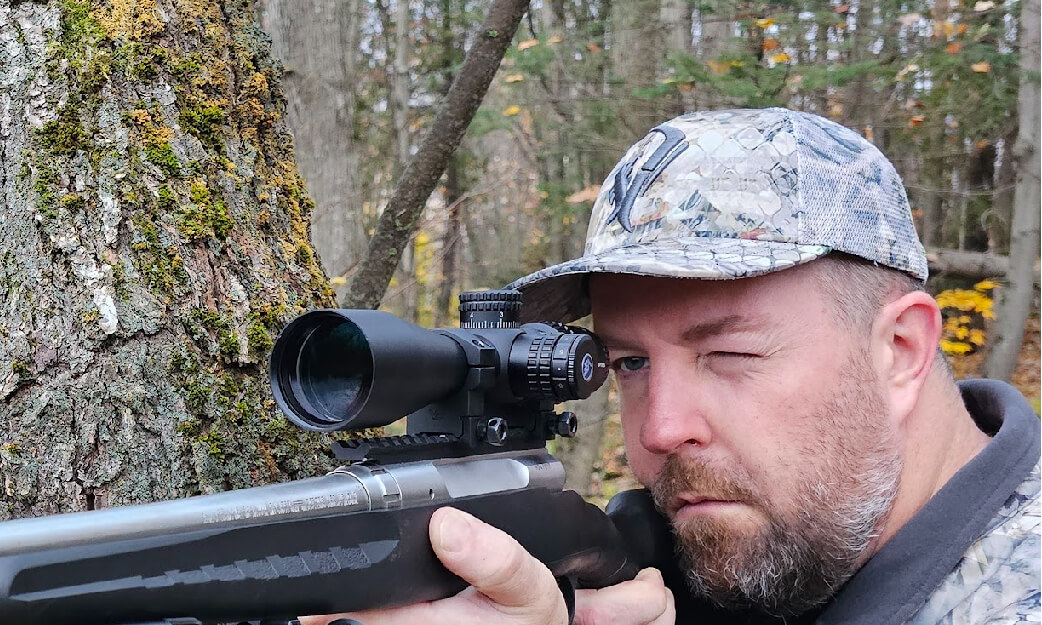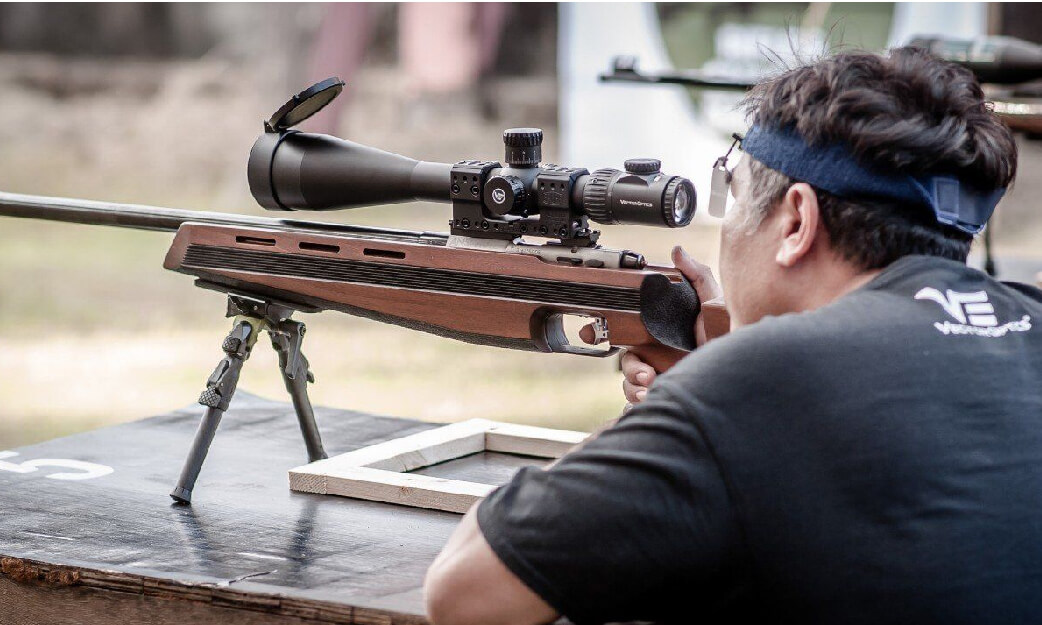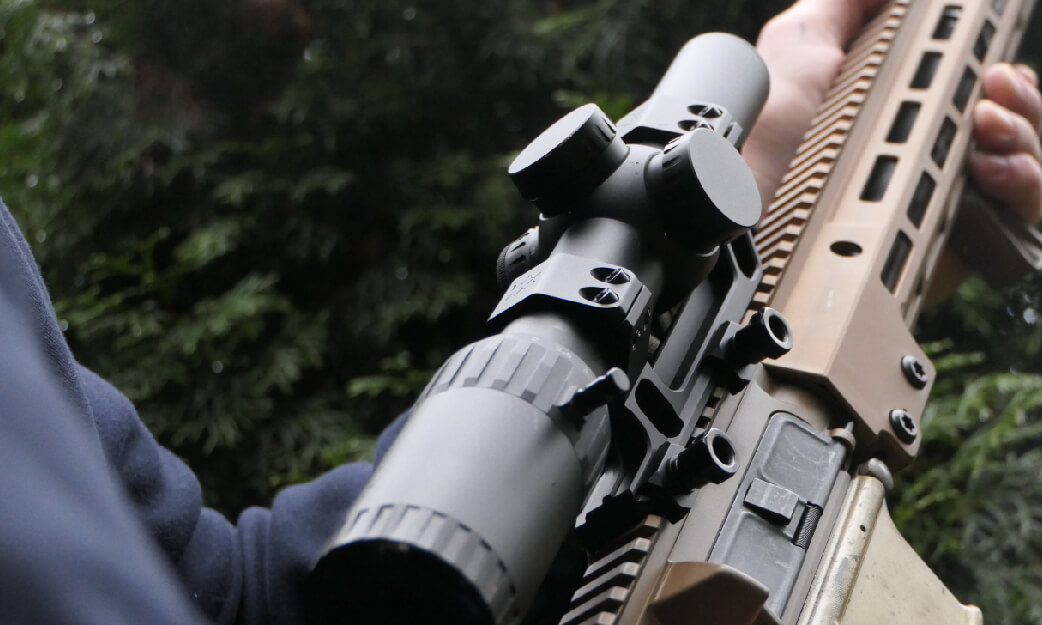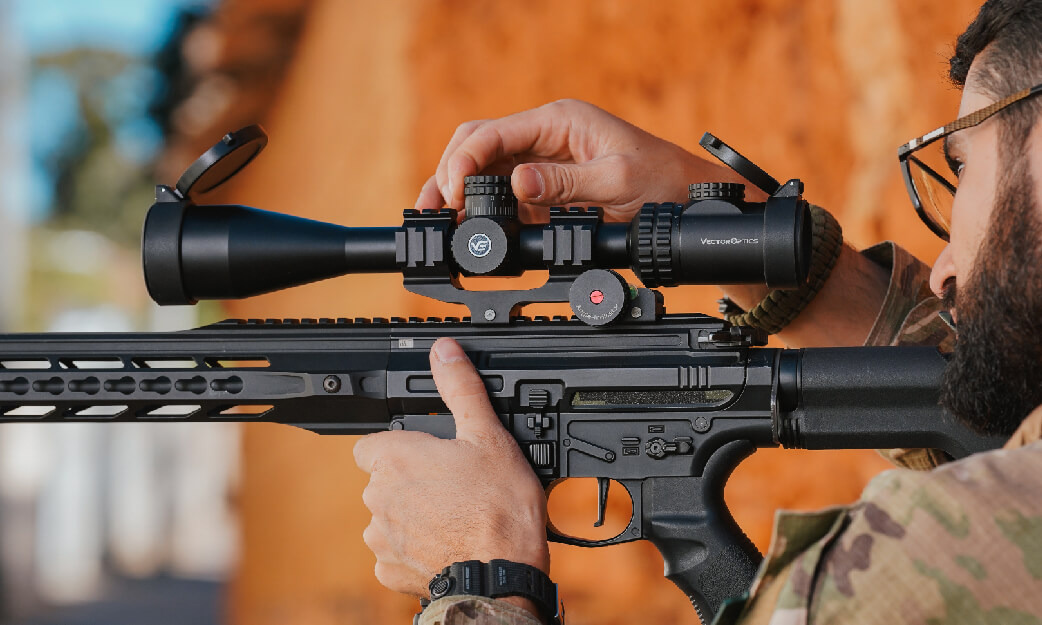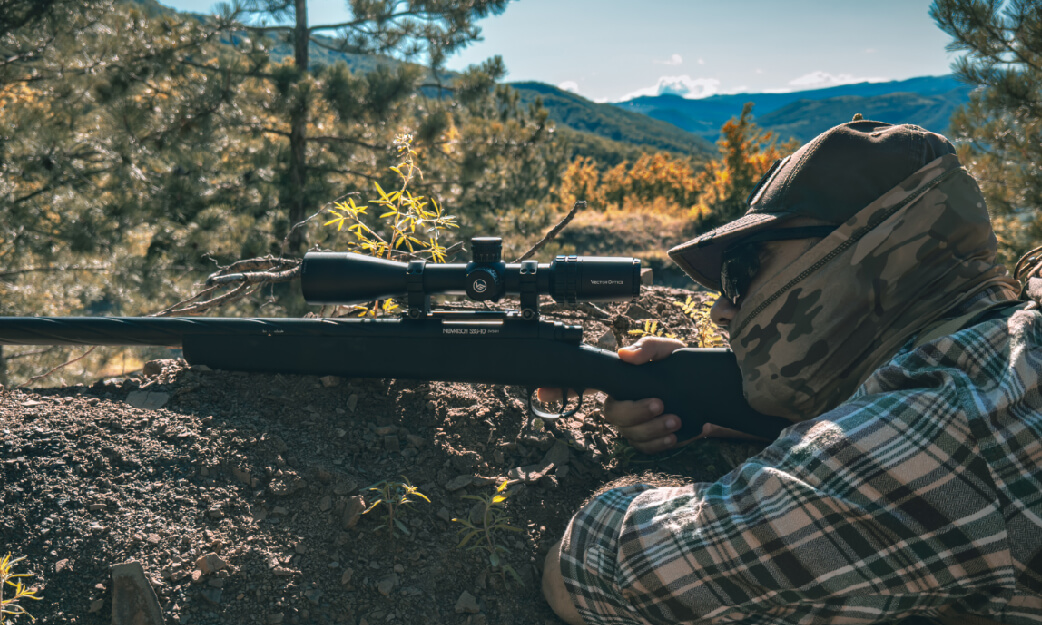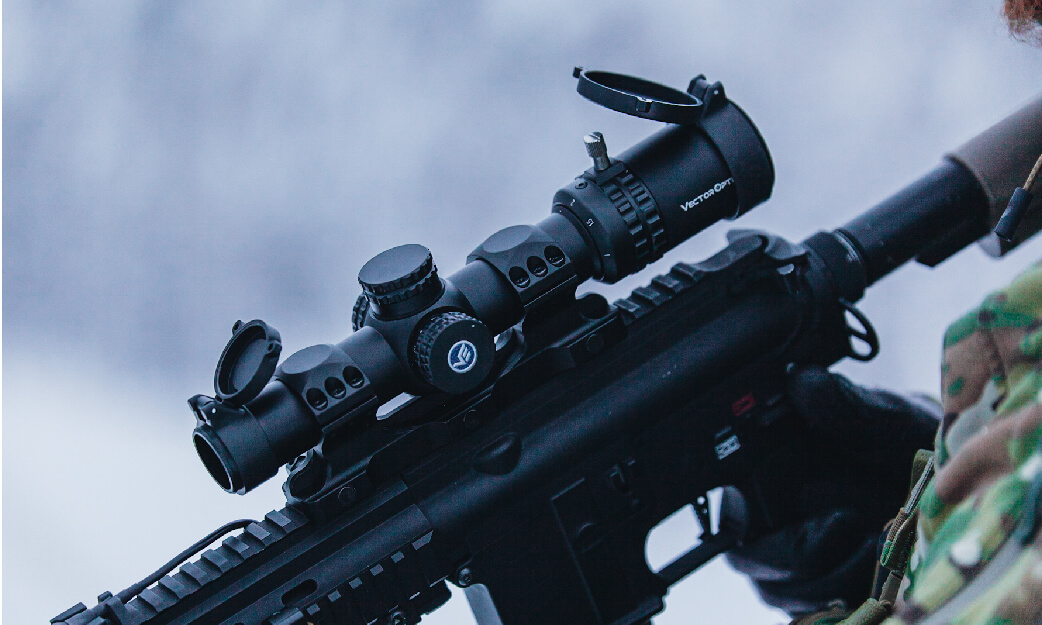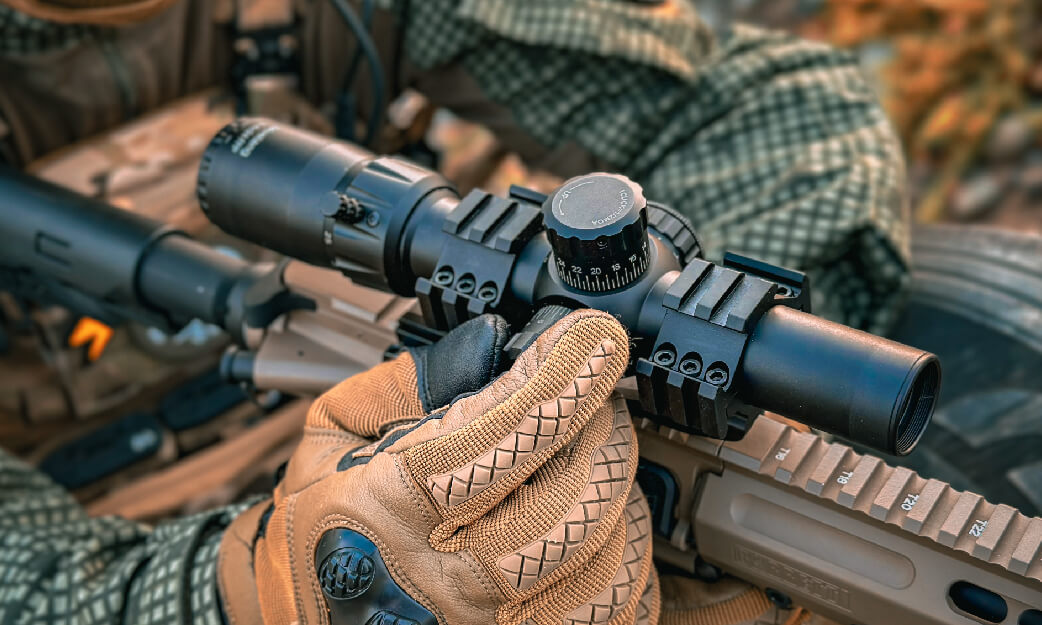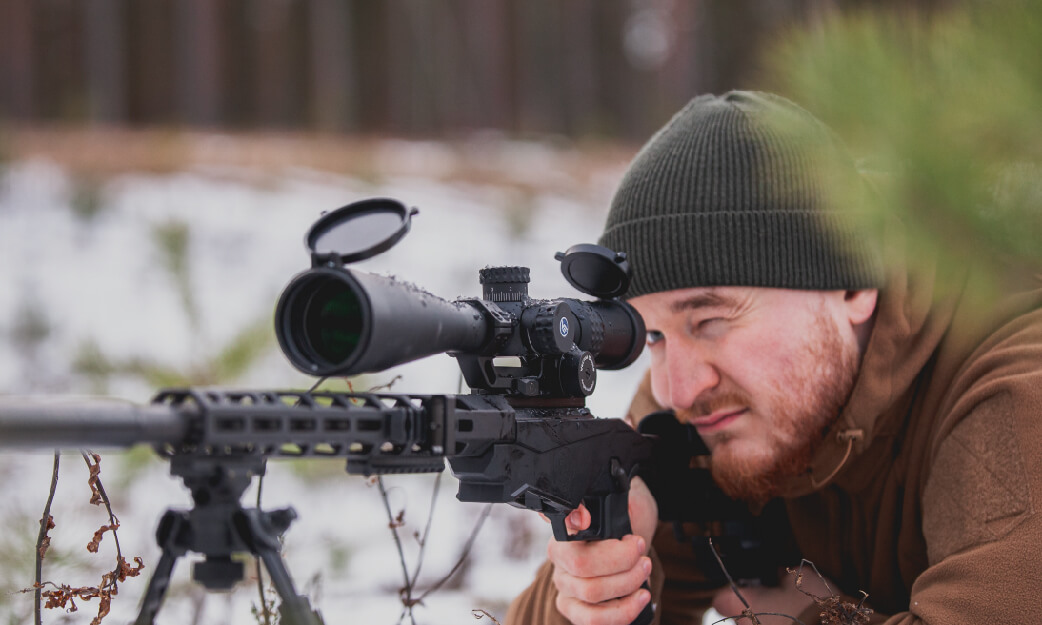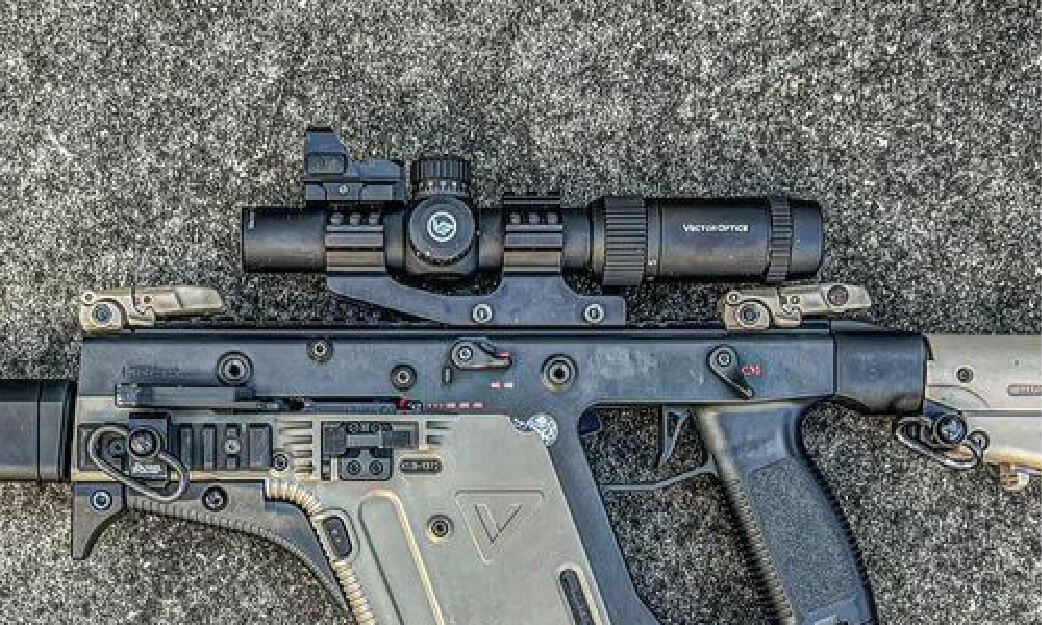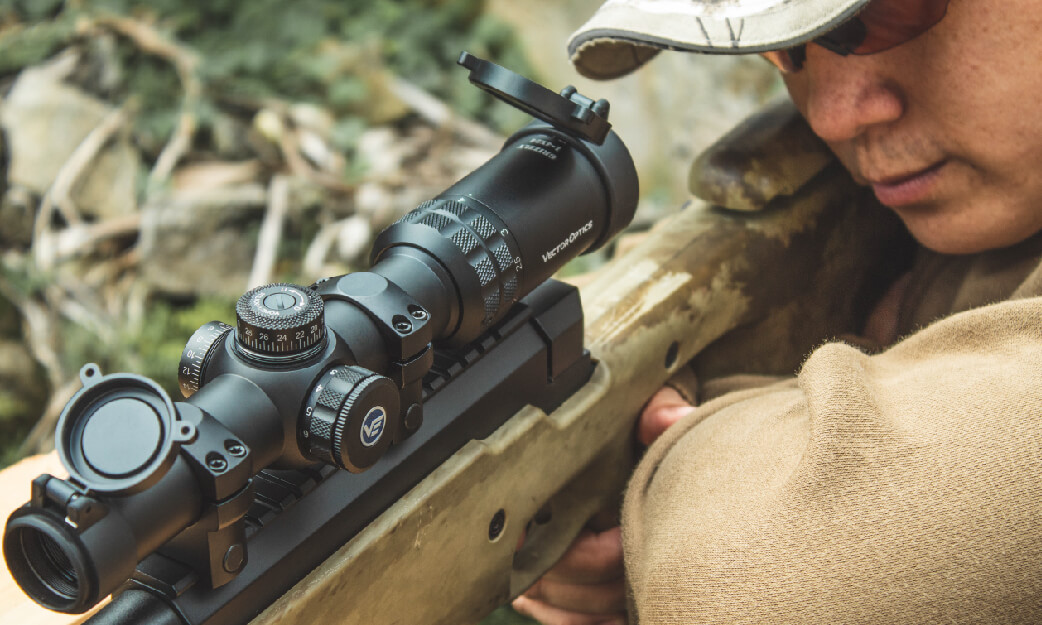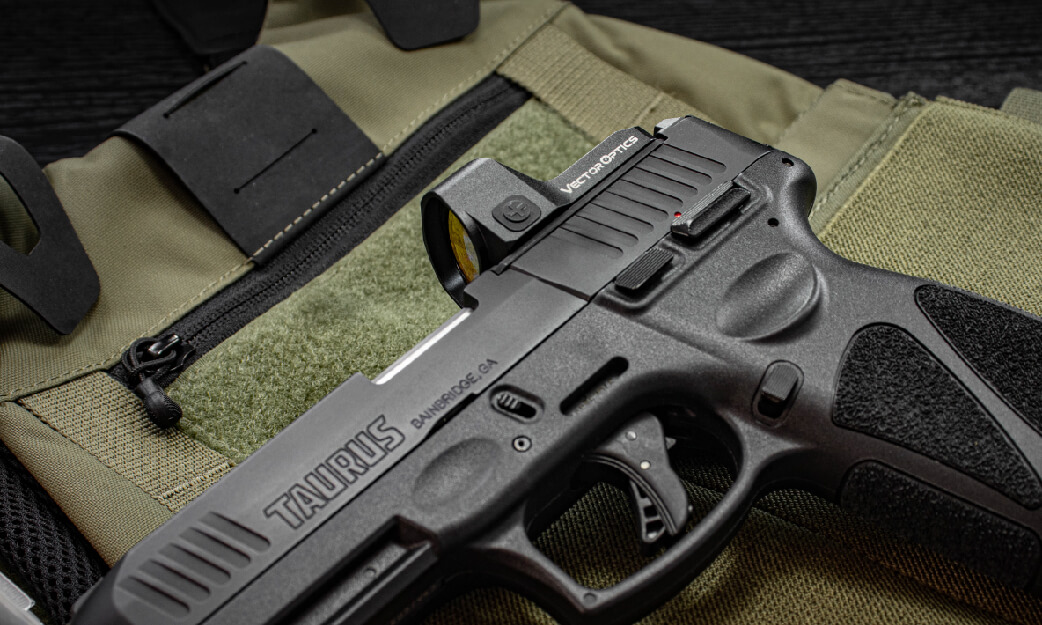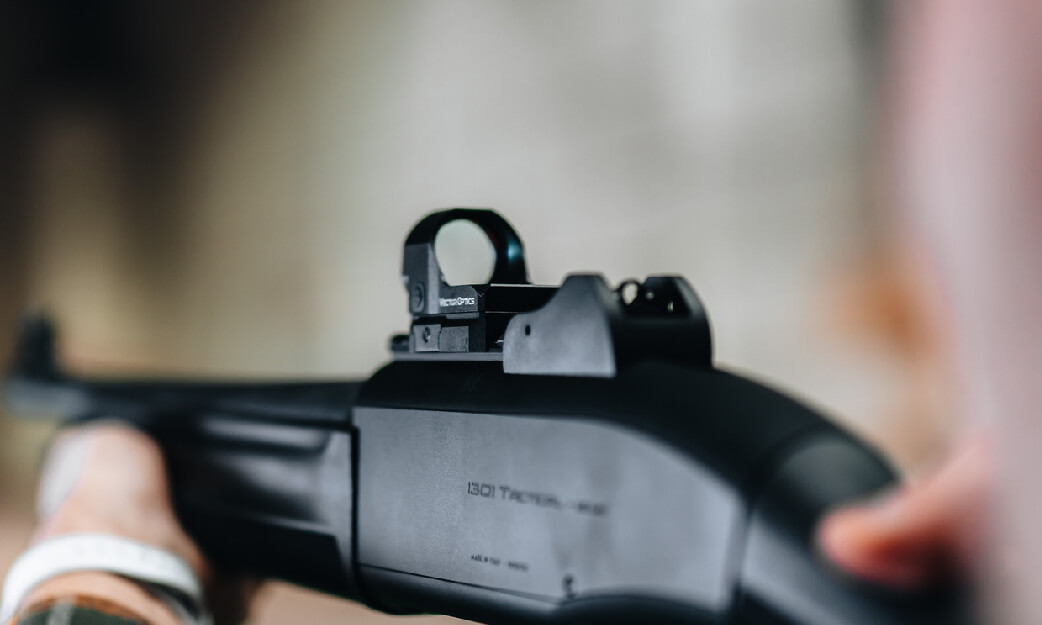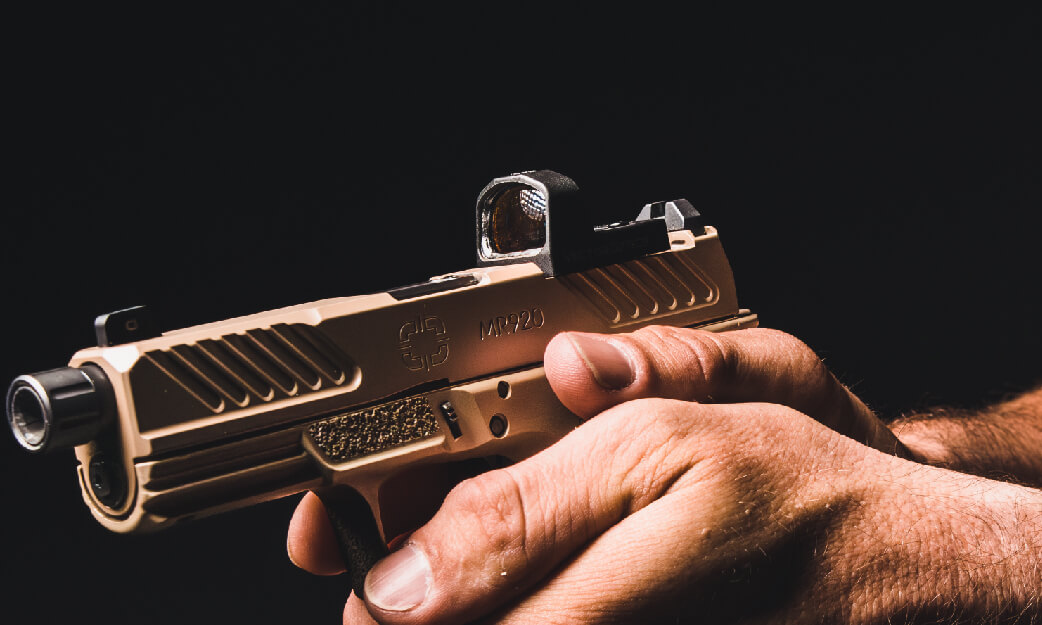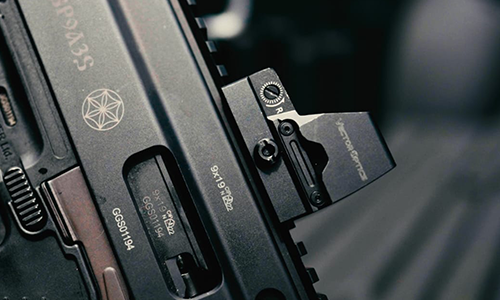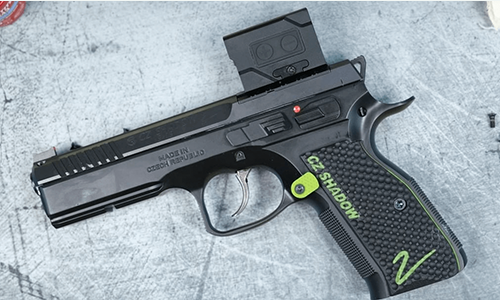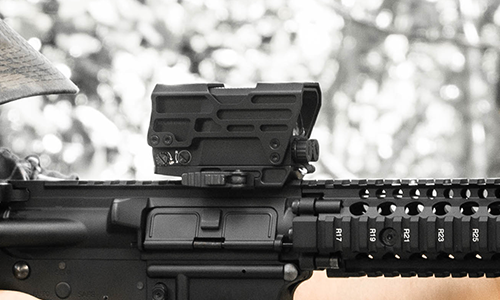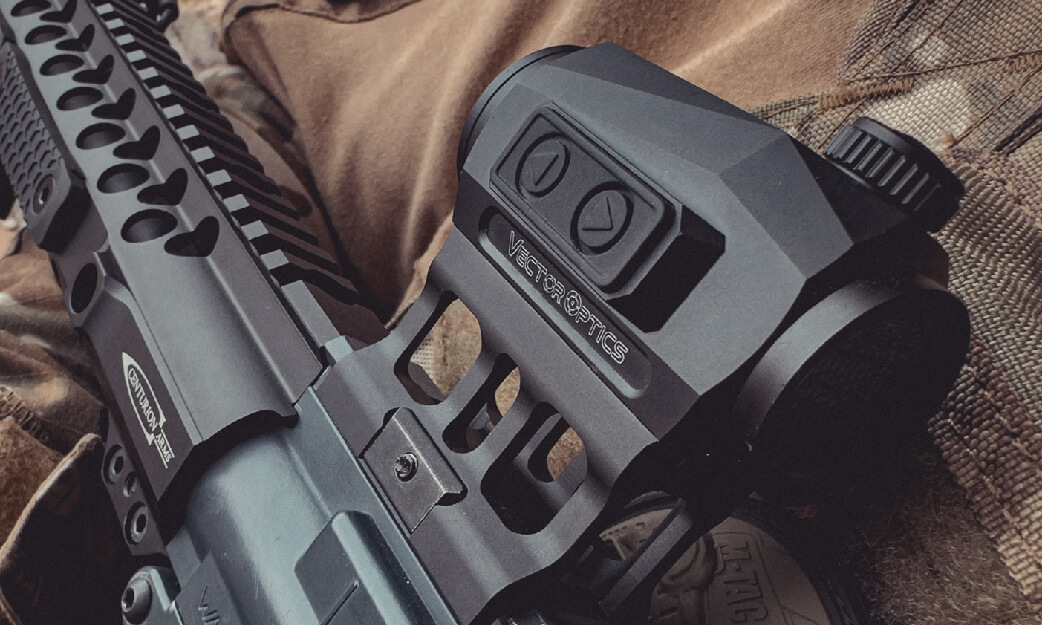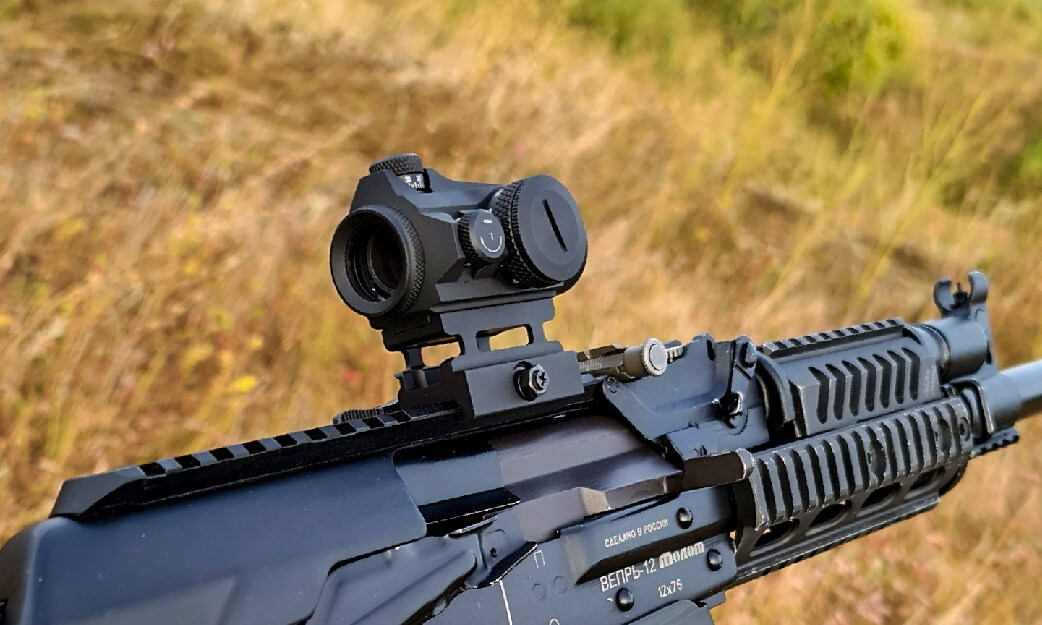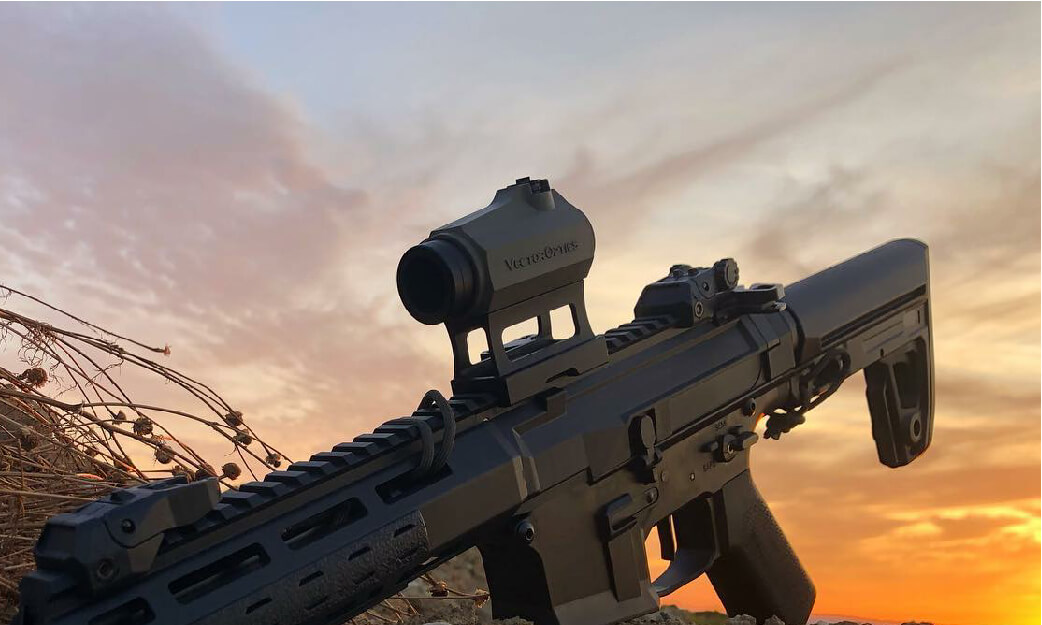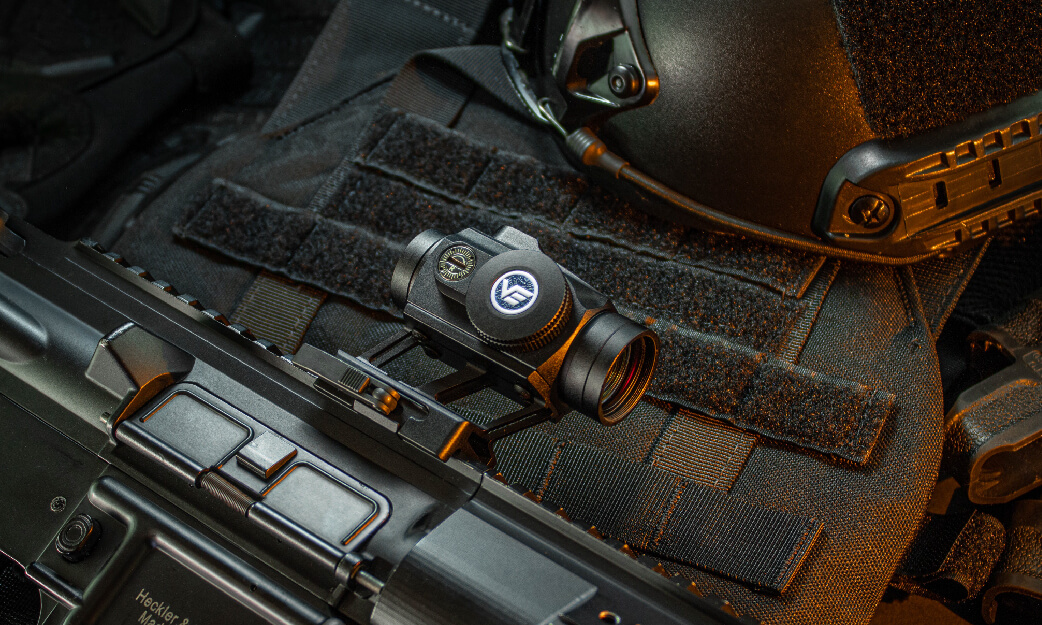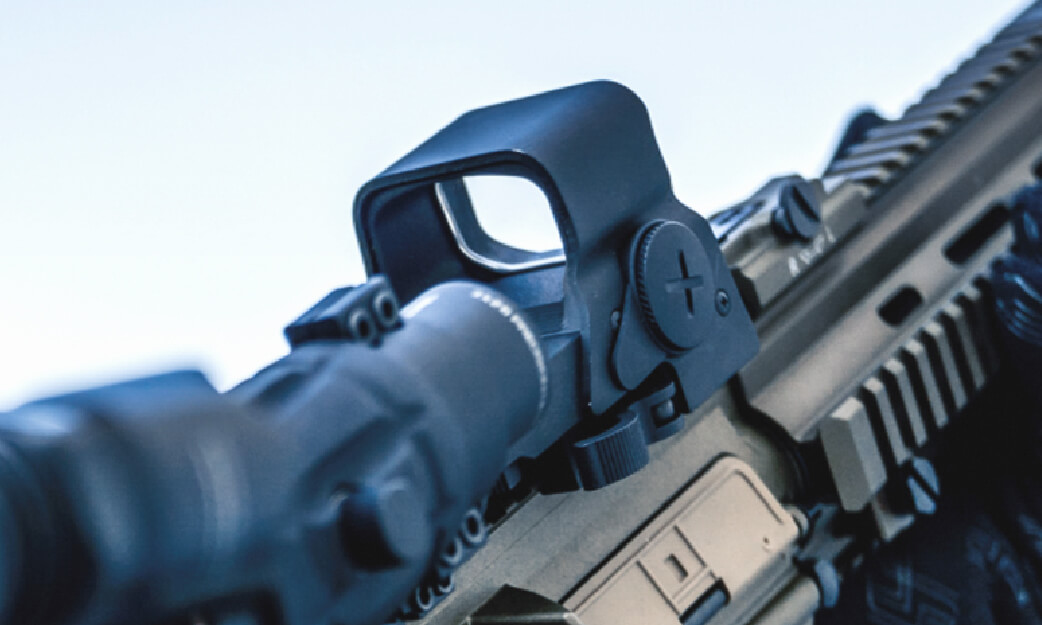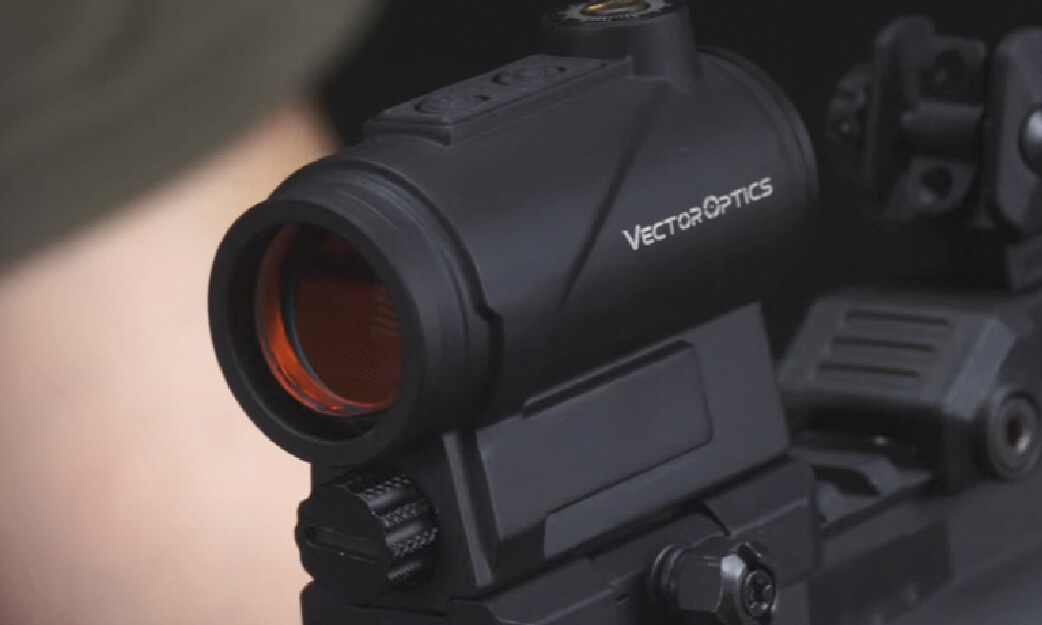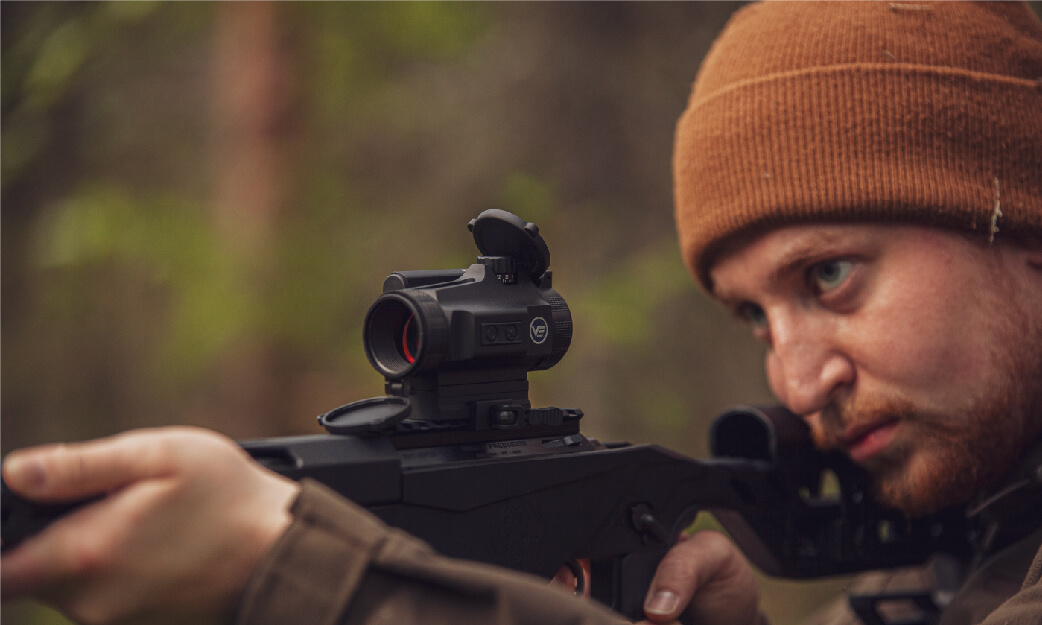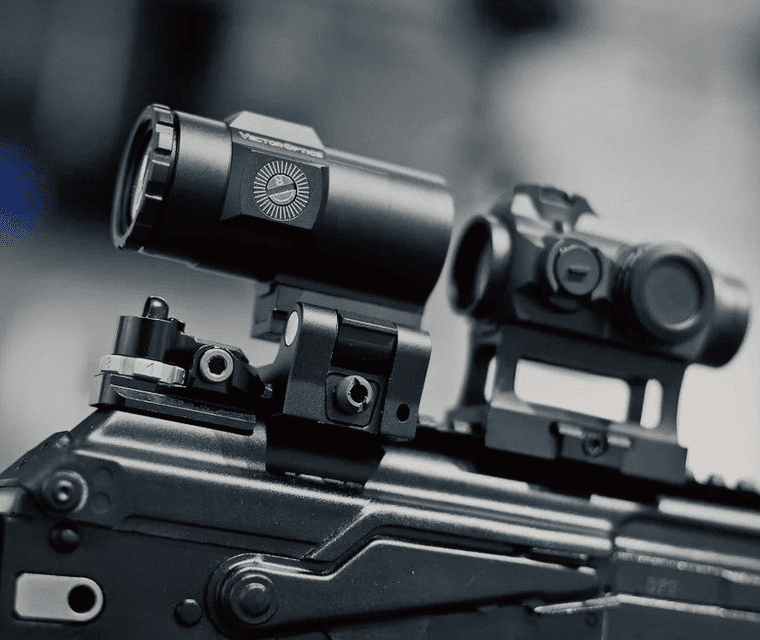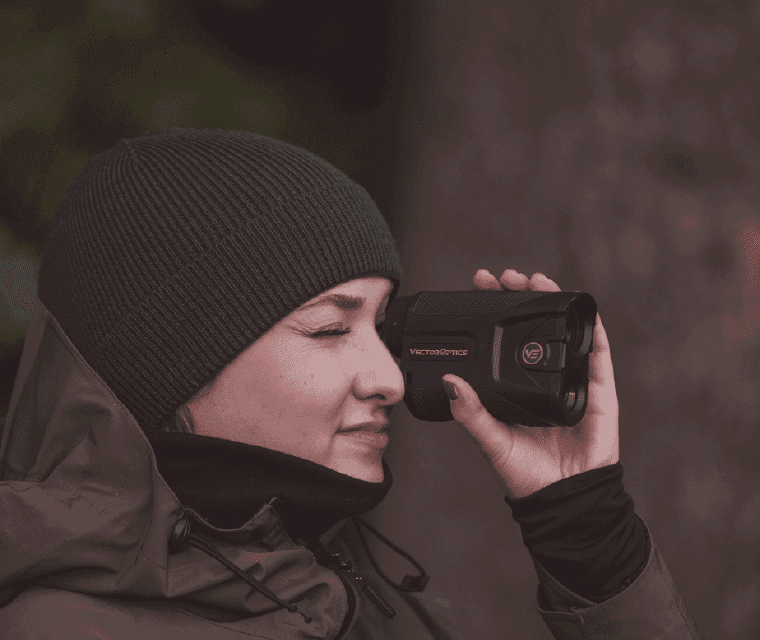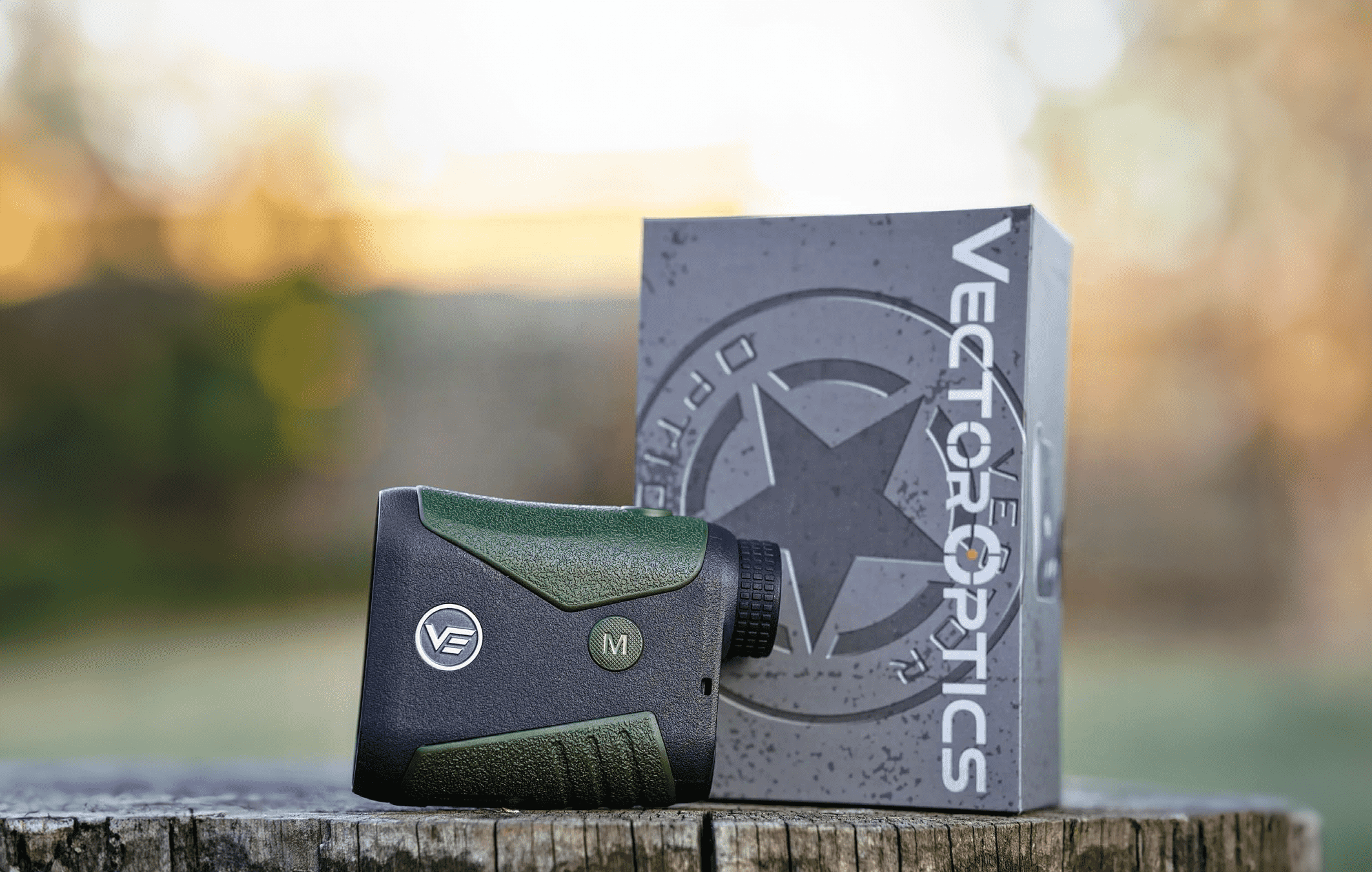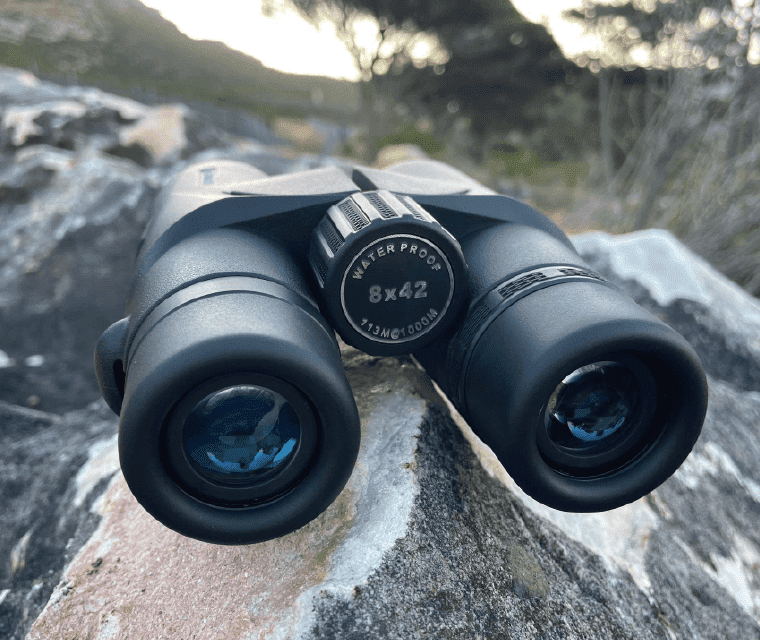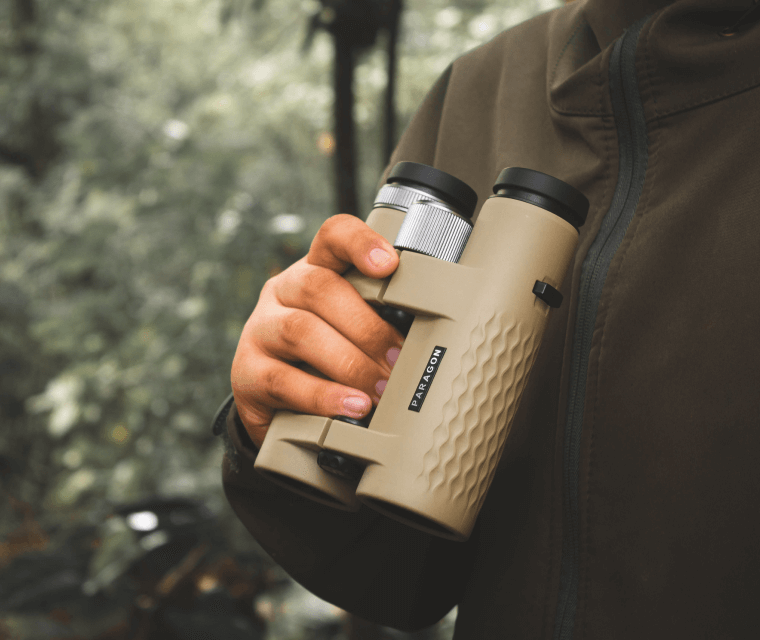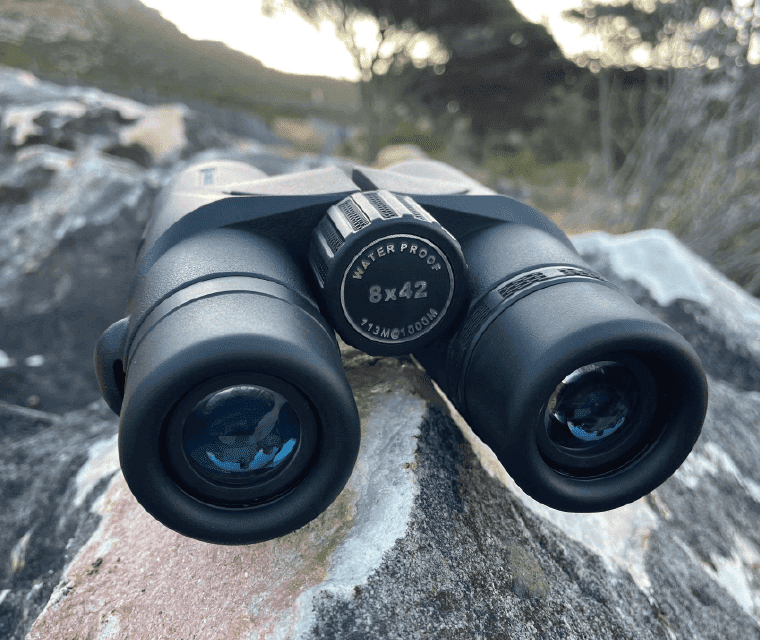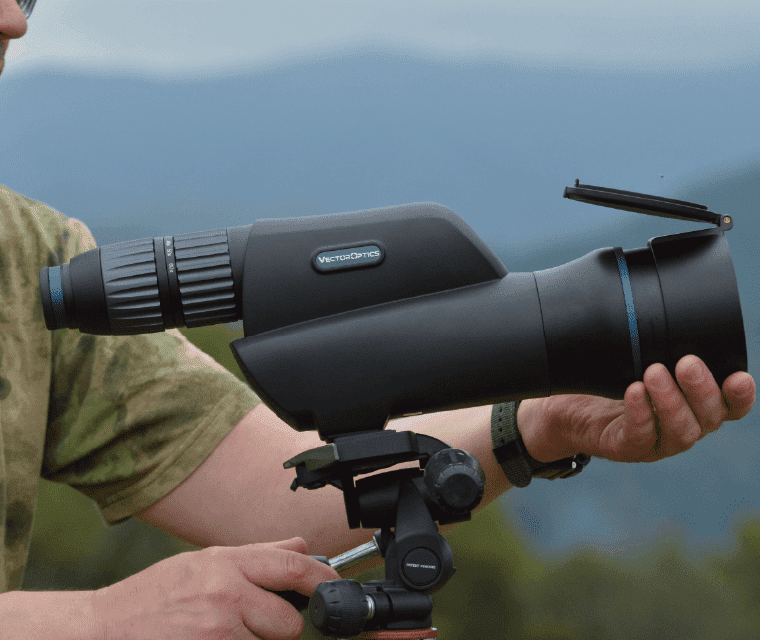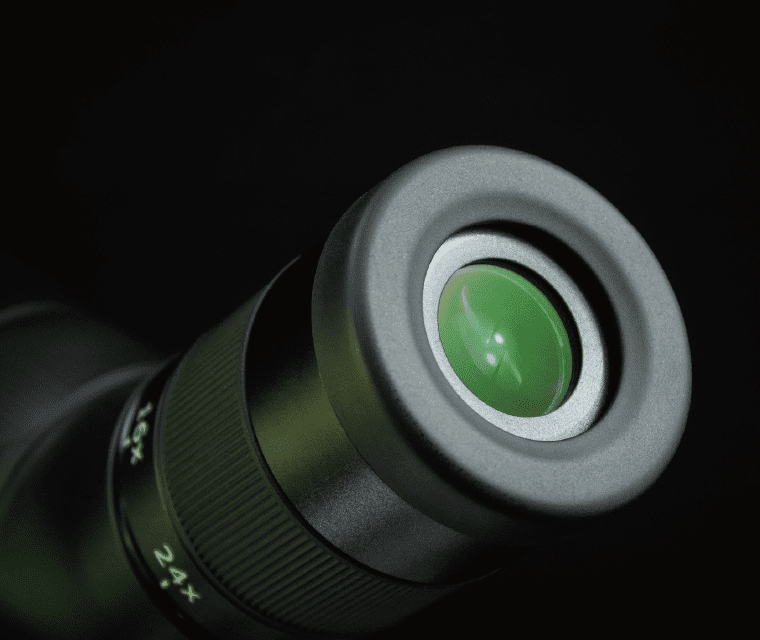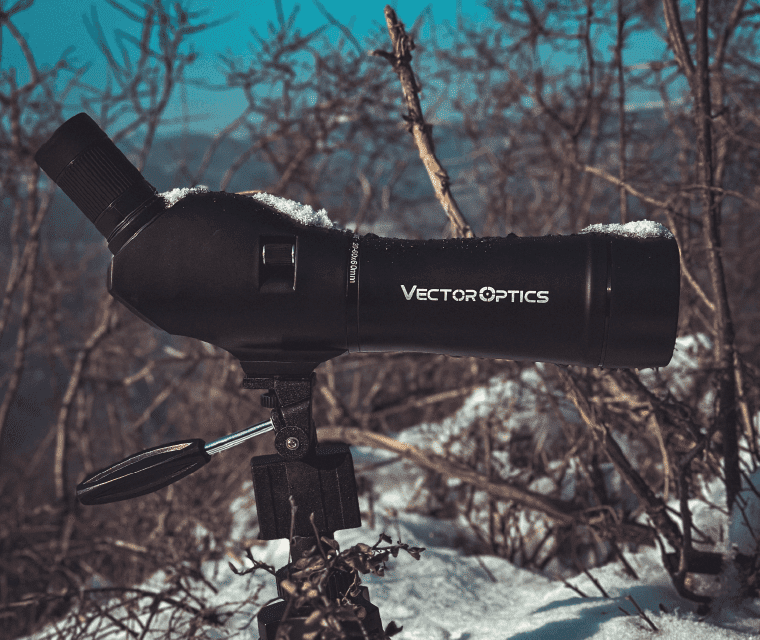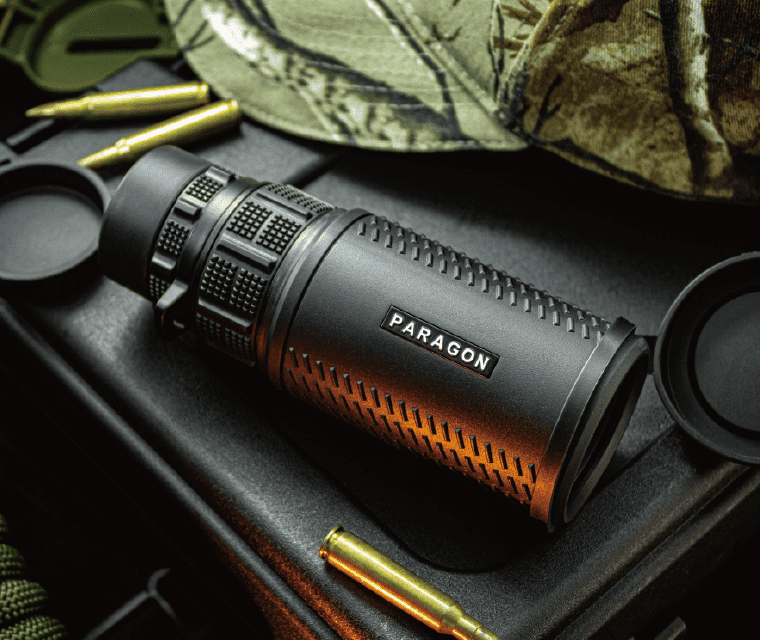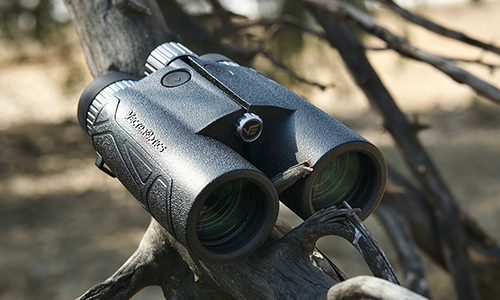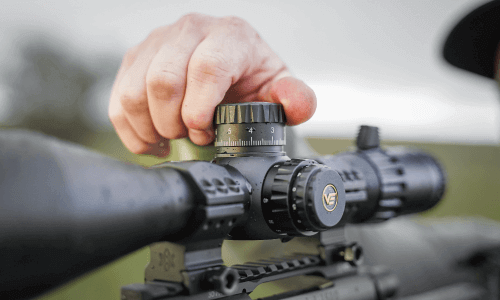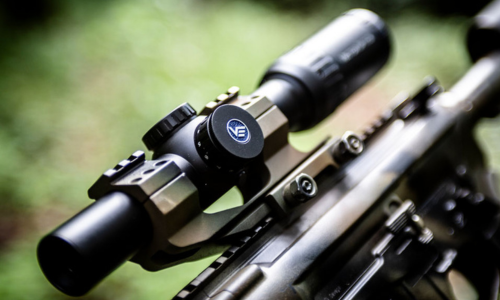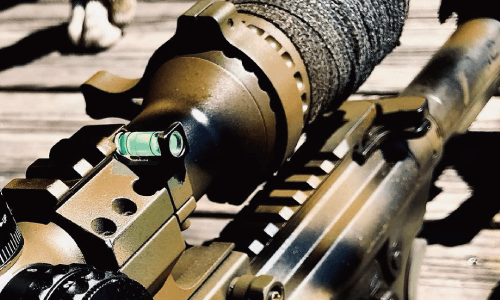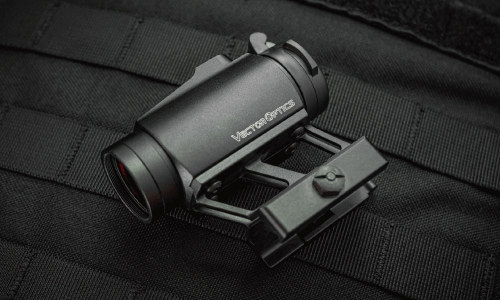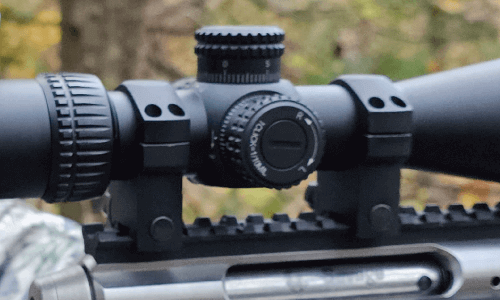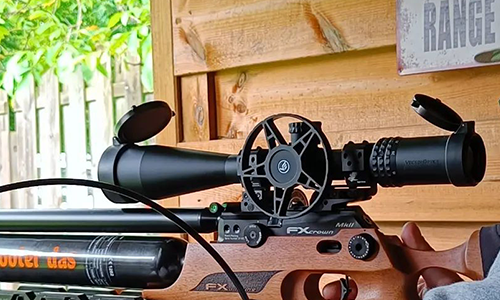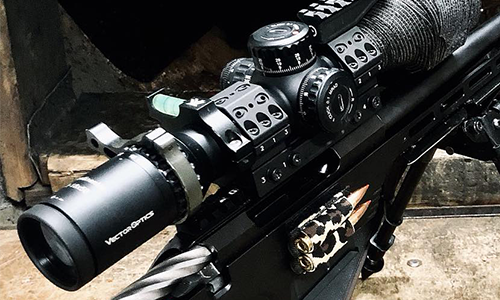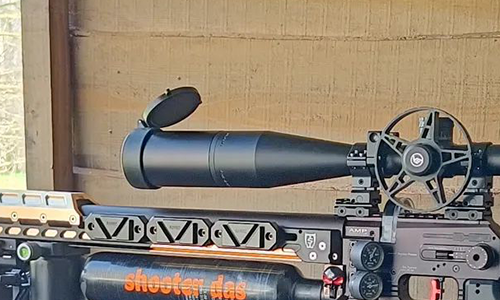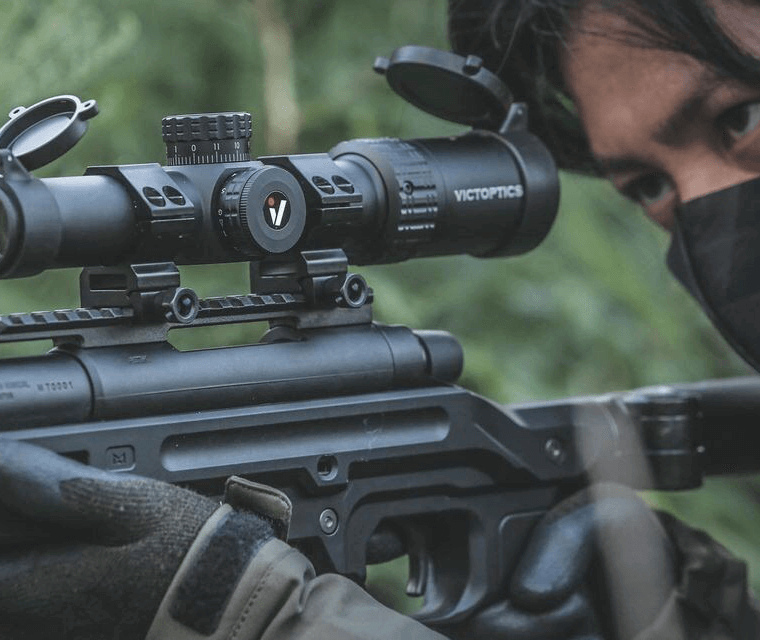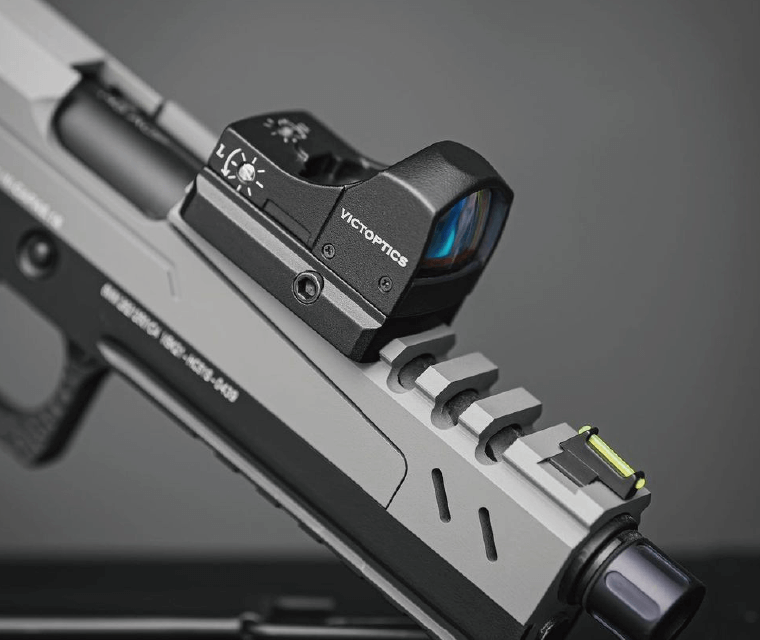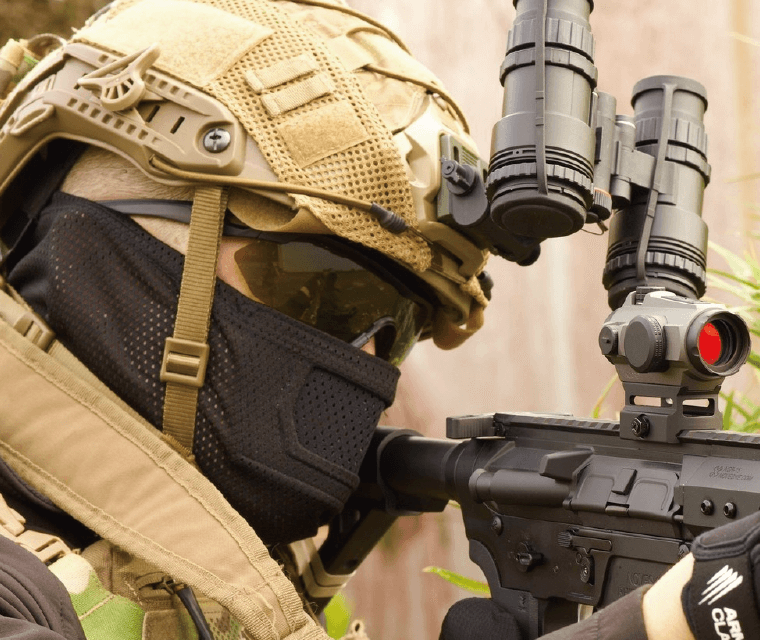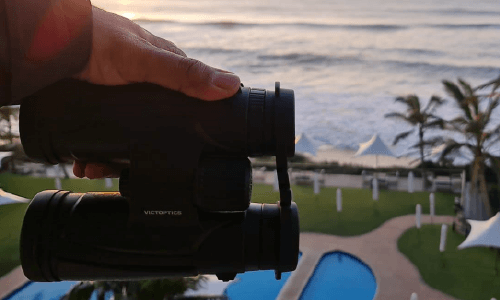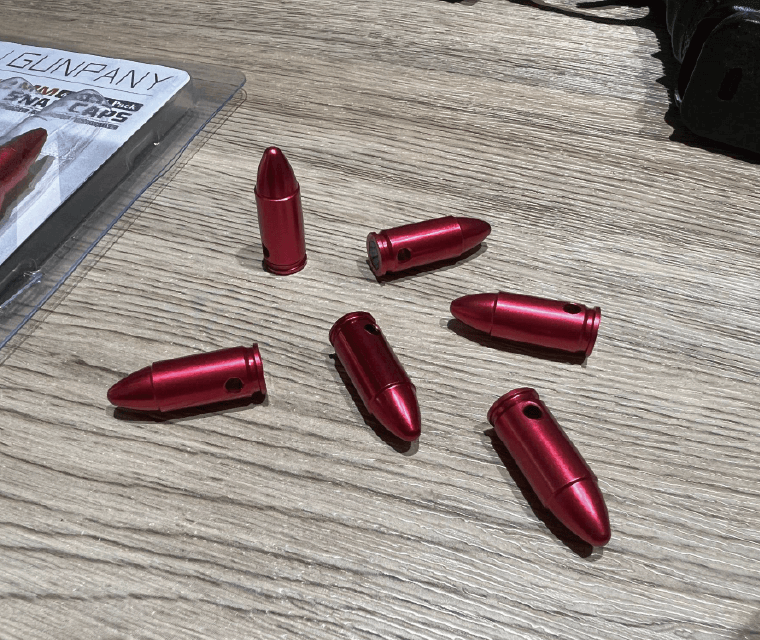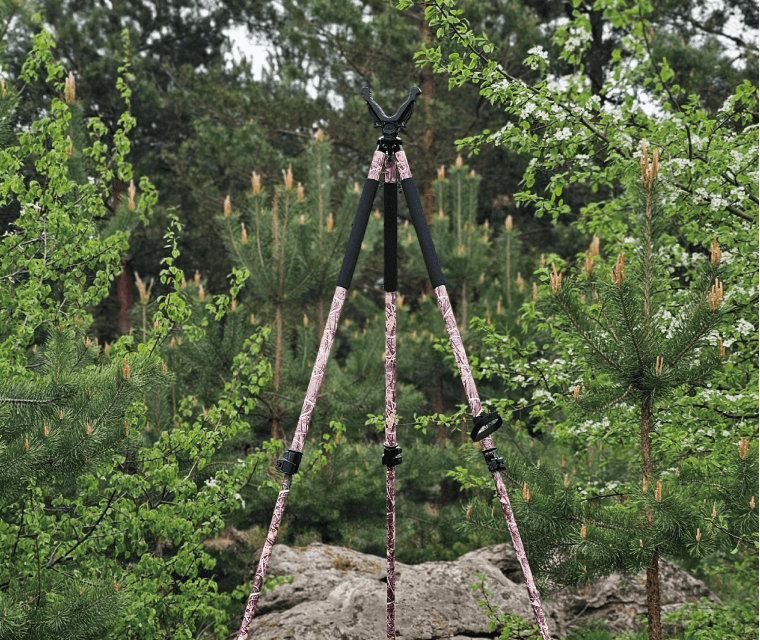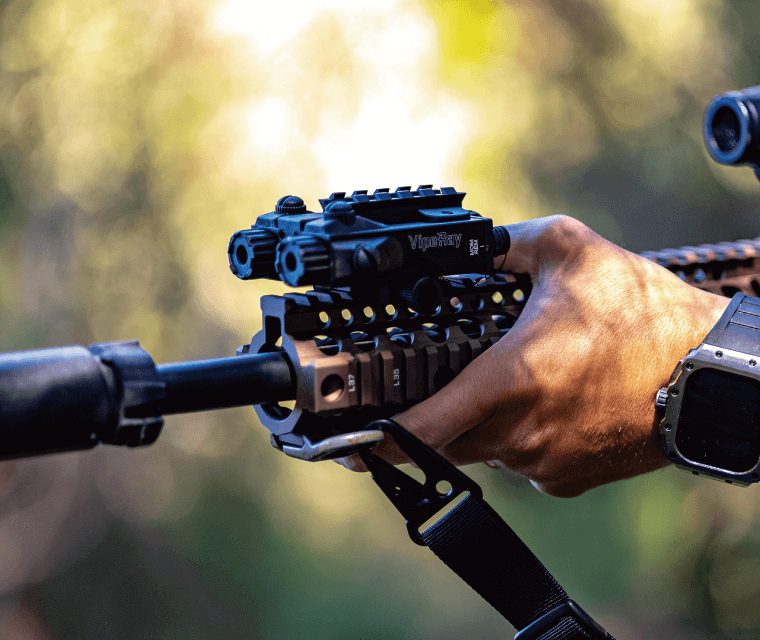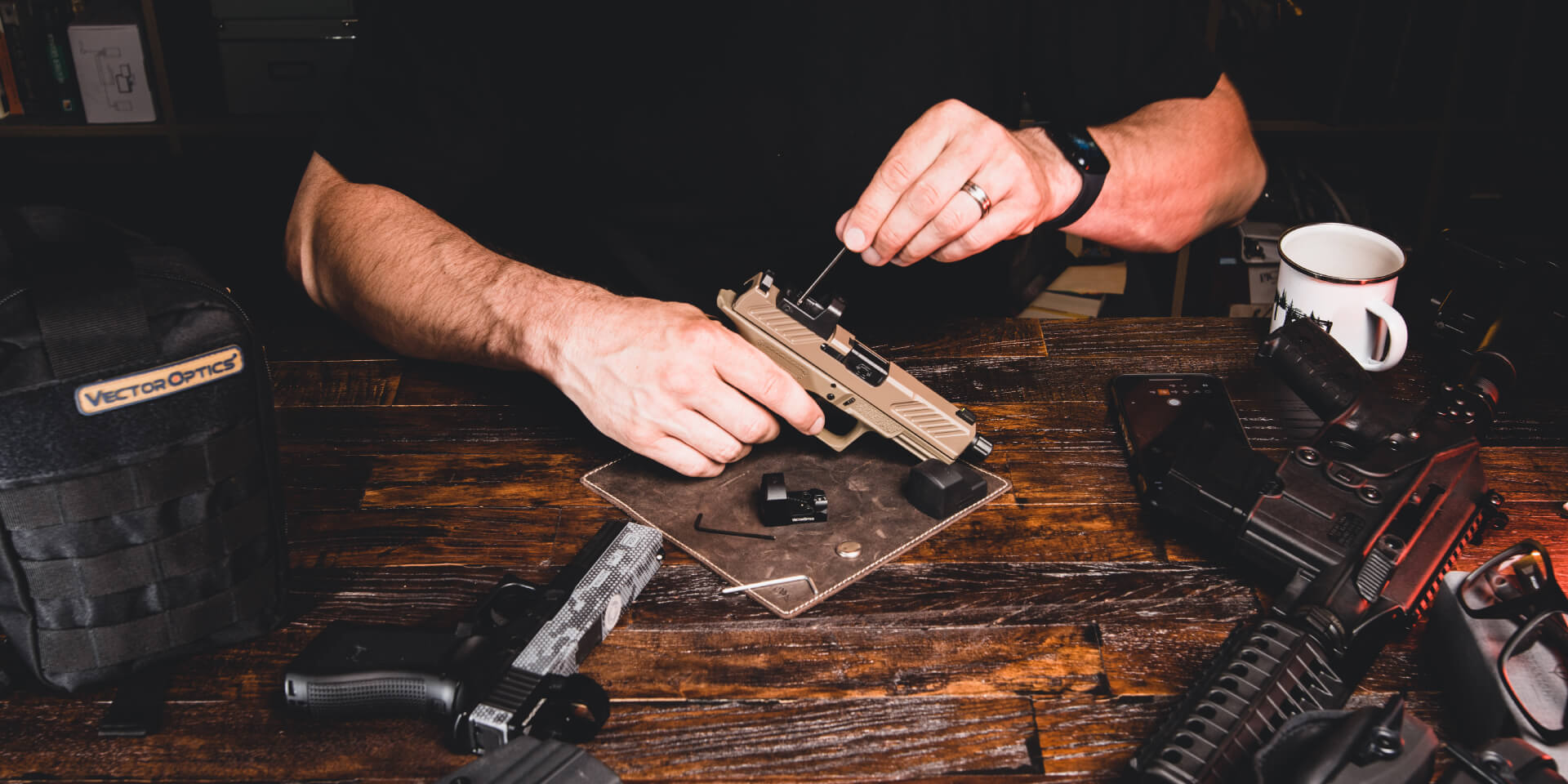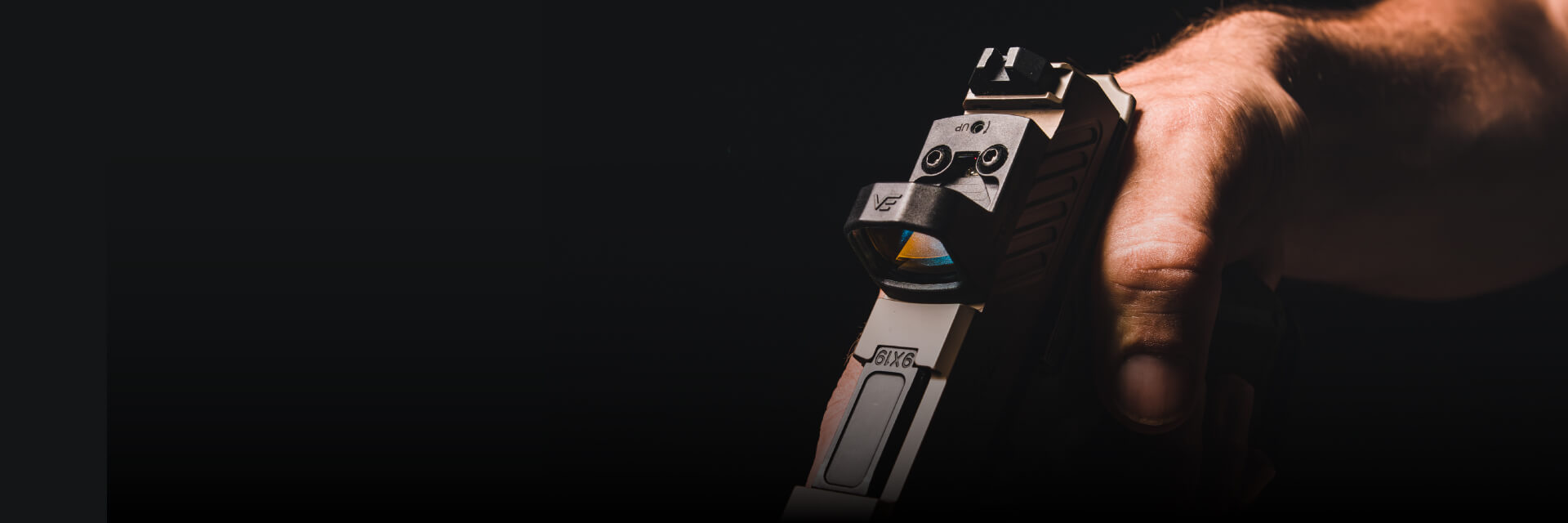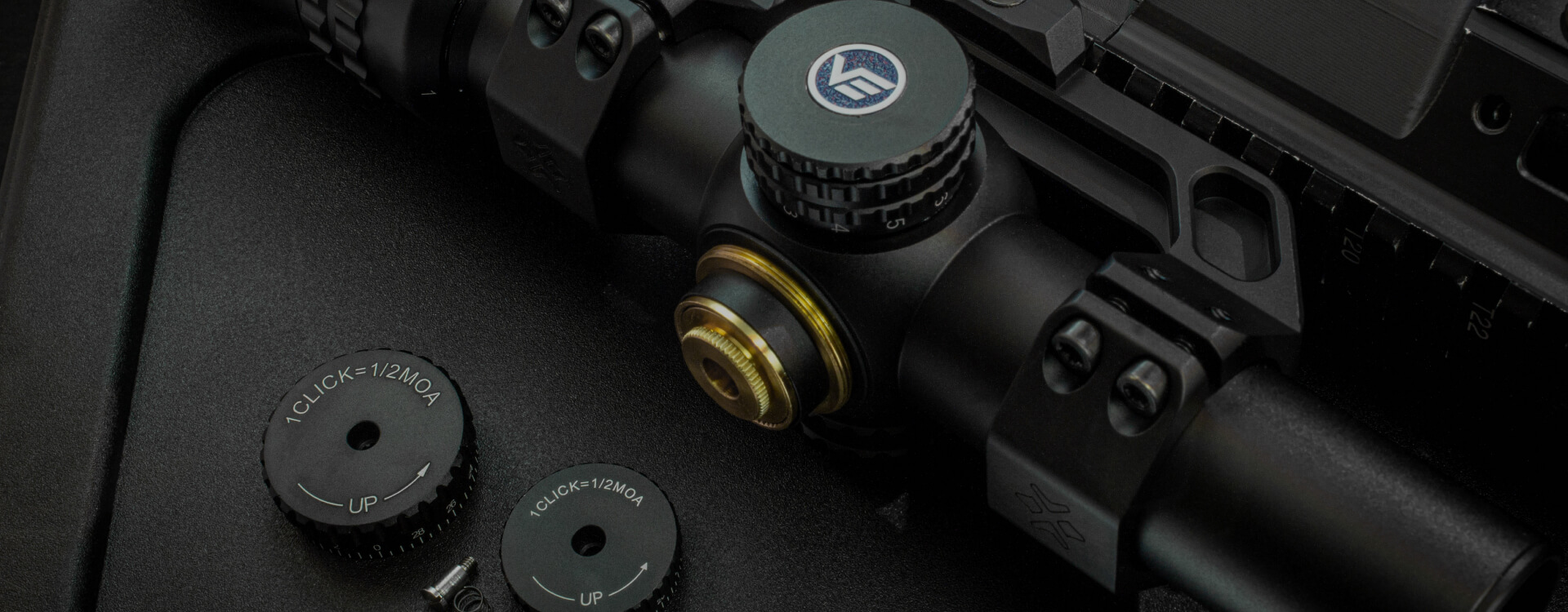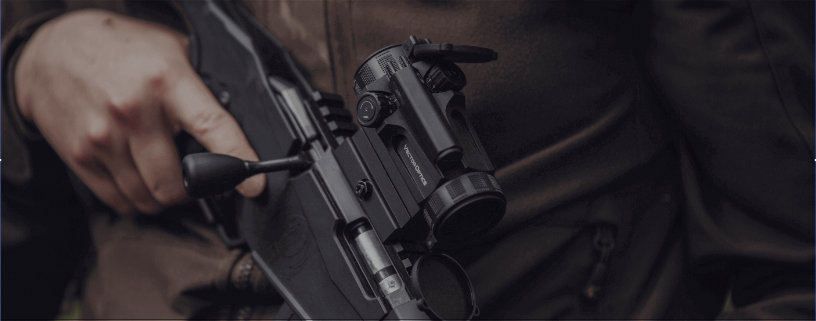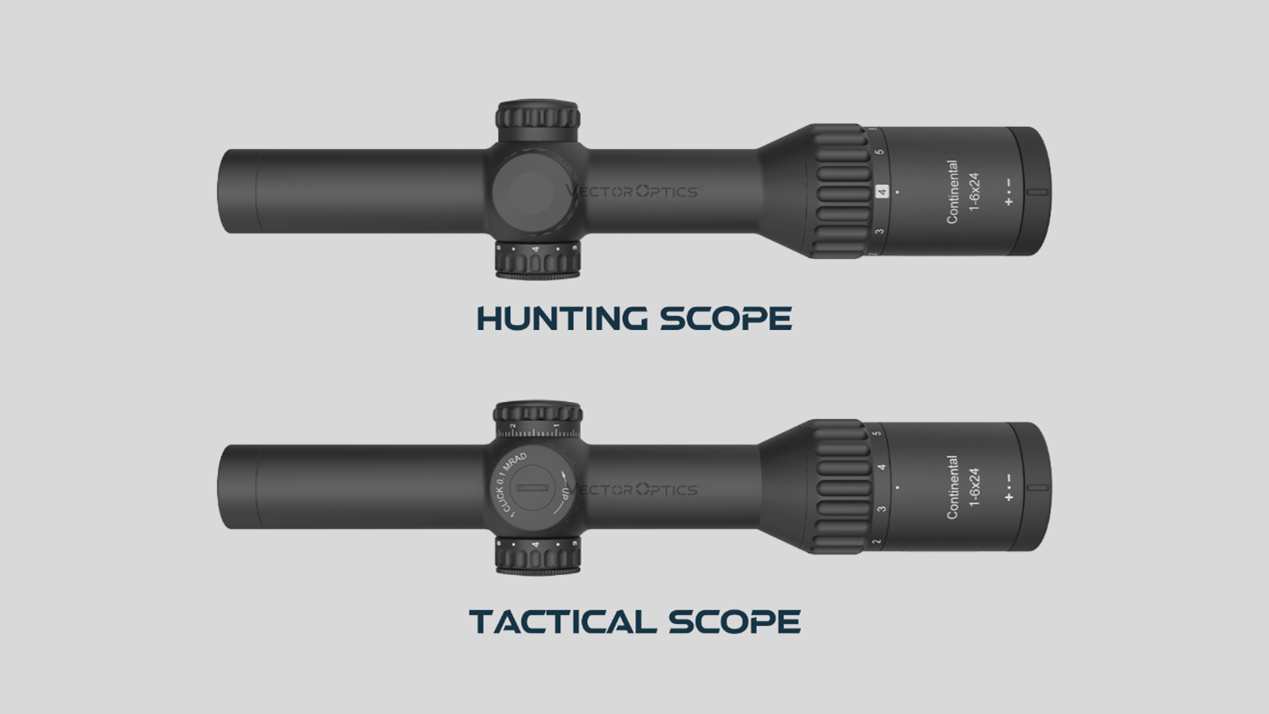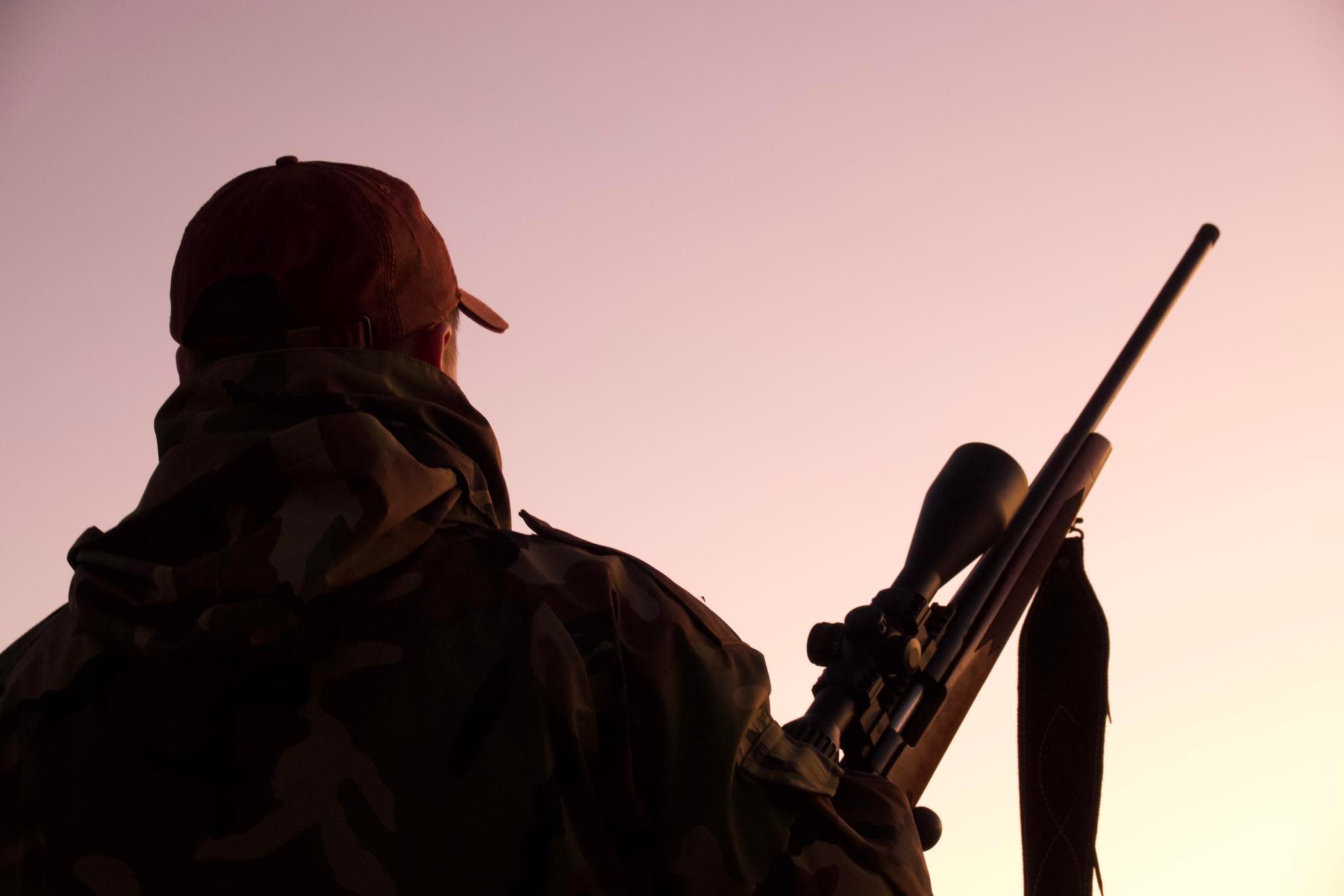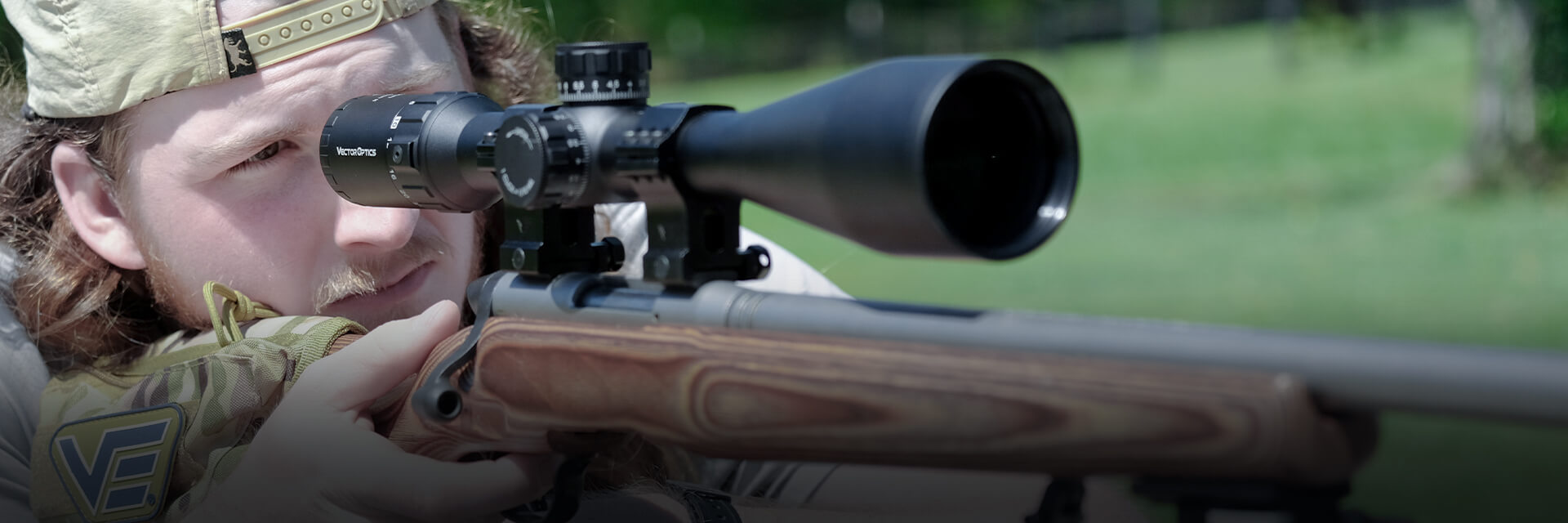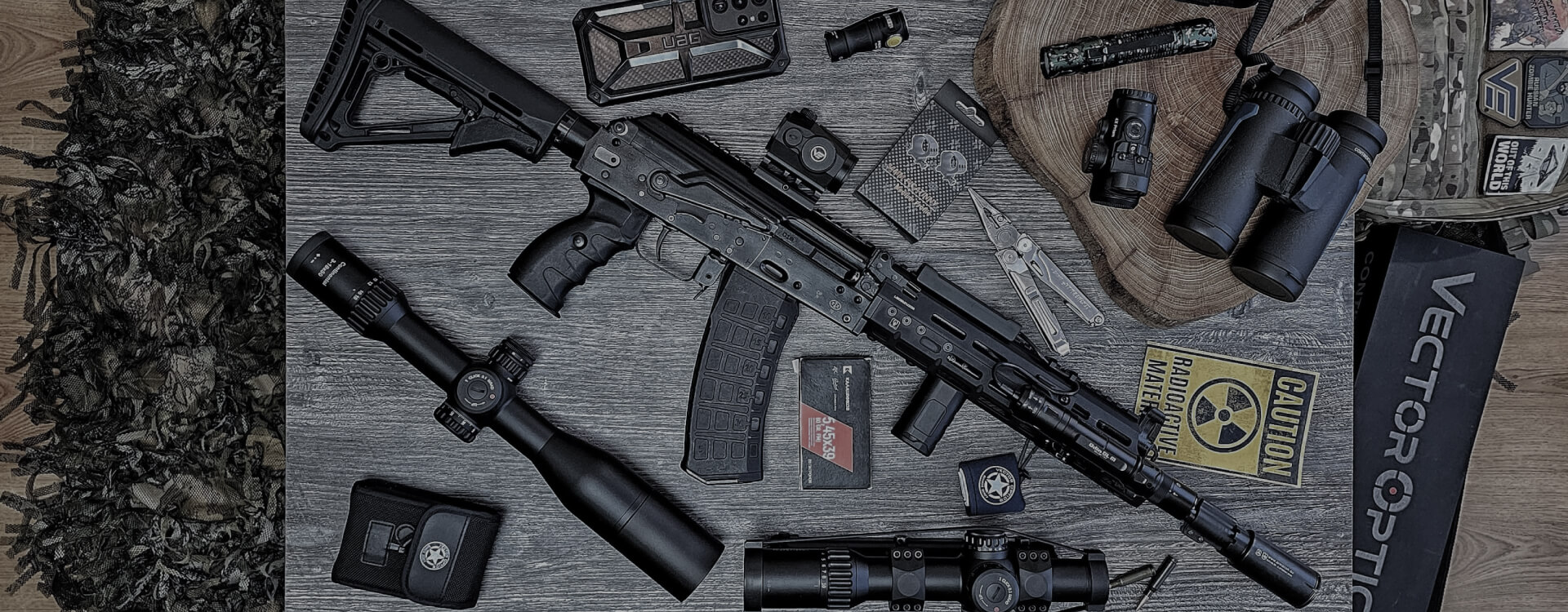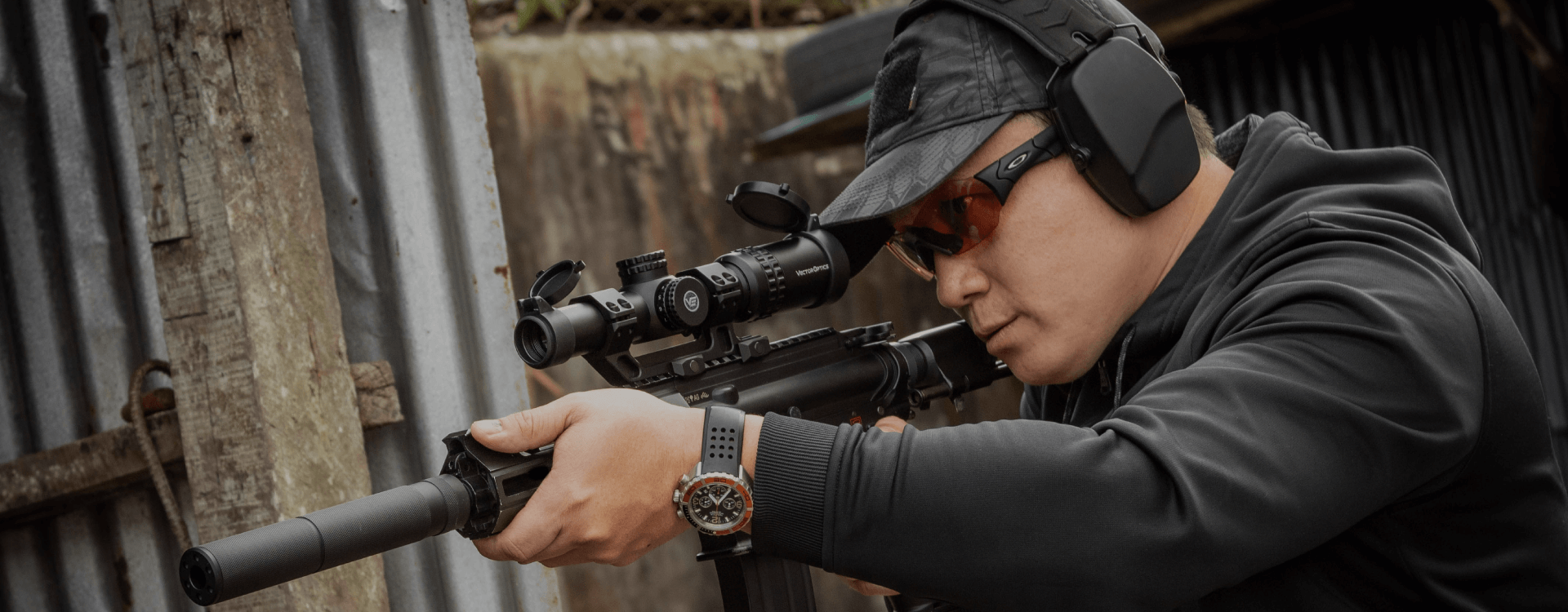Benchrest shooting is a precision sport where shooters aim at paper targets using high-accuracy rifles, always at a fixed distance. Competitors shoot from a bench with the rifle supported by front and rear rests, hence the name "benchrest shooting."
The most common forms include 25m, 50m, 100, 200 and 300 yards target shooting. To effectively shoot your target, a scope is necessary in benchrest competition. The type of scope you pick can greatly affect how well a shooter can group their shots and succeed in competitions.
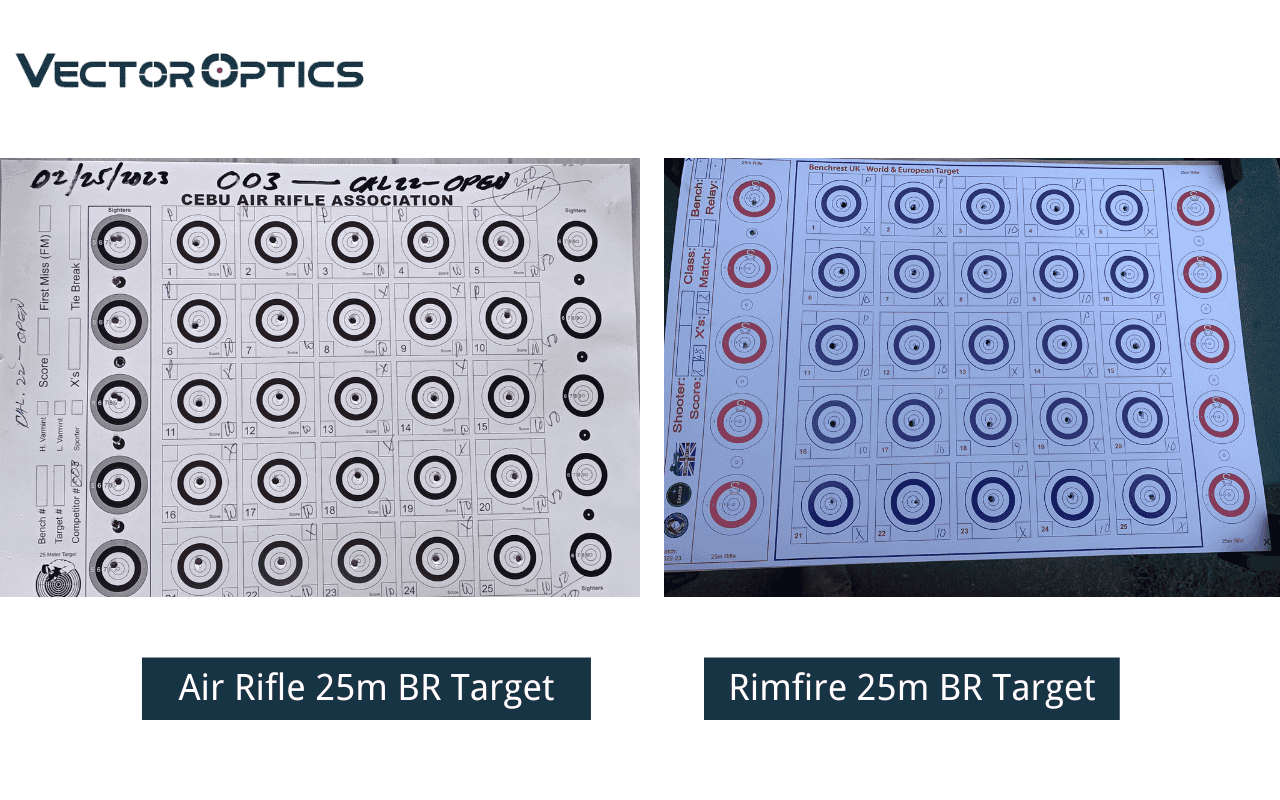
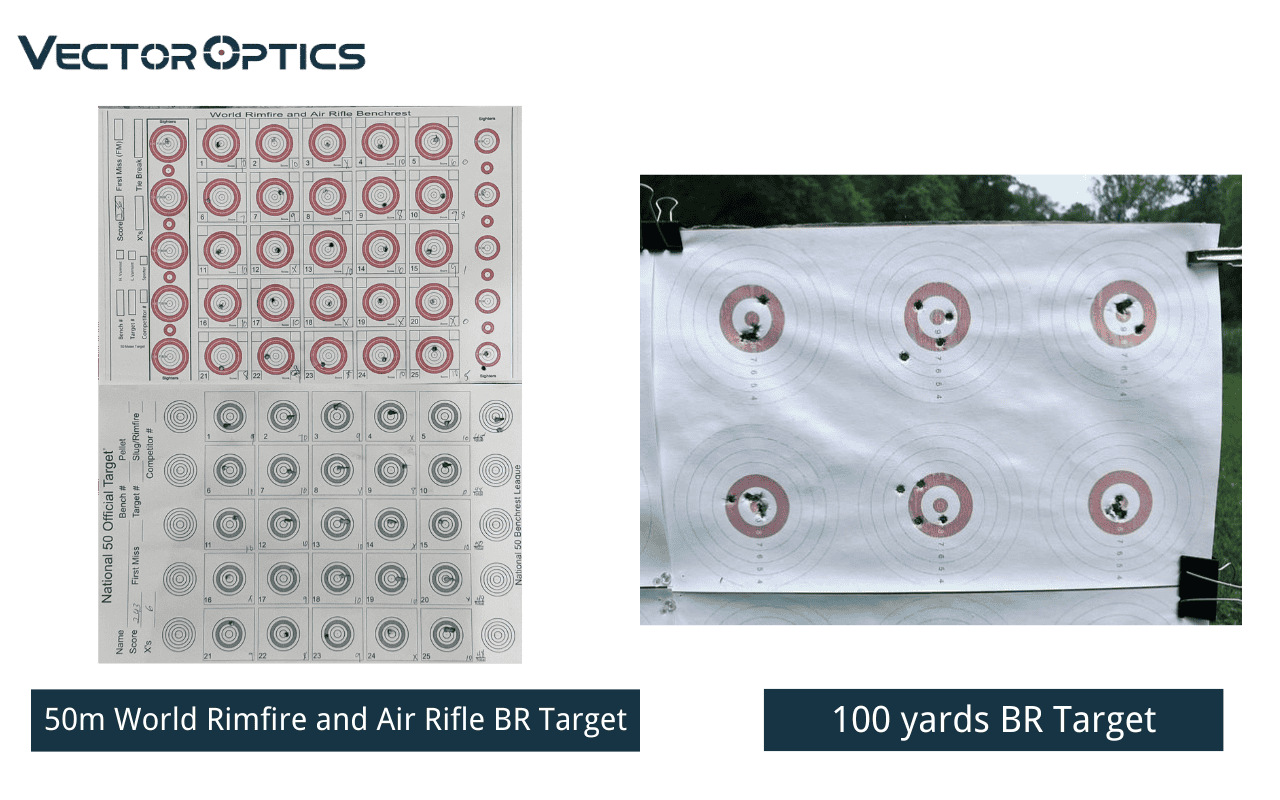
With varying distances and weight limits in competitions, shooters must carefully consider factors like magnification, adjustment mechanism, objective lens diameter, and reticle patterns. Vector Optics is here to help you select the ideal scope for your benchrest shooting needs.
In benchrest shooting, high magnification is essential because the targets are small, often with bullseyes as small as a few millimeters. At distances ranging from 25 to 1000 yards, shooters need to see every detail of the target clearly to ensure precise aiming. High magnification allows them to focus on these fine points and make accurate adjustments, which is critical for hitting such small targets consistently. Without sufficient magnification, the target can appear too small to aim at effectively, reducing the shooter’s accuracy.
Before choosing your benchrest shooting scopes, you need to be aware of your competition distance requirements. For various distances, magnification of scopes also varies.
Scopes for Short-range (25m & 50m) Benchrest Shooting
For 25m benchrest shooting, a 10-40x scope is ideal. The variable zoom range allows you to find the most comfortable and effective magnification for your needs. At maximum power, the scope provides the precision needed for accurate shooting. Opt for a scope with 1/8 MOA adjustment turrets for precise windage and elevation control.
For beginners, the Sentinel-X 10-40x50 is an excellent choice, its fine crosshair reticle, with a 1.5mm small center dot, won't obscure your target. The COM-25M reticle is specifically designed for 25m benchrest competitions, and the 50mm objective lens allows more light to enter, providing a clear and bright image. With fully multi-coated lenses and a high-quality aluminum alloy body, it offers durability without breaking the bank, making it the best budget-friendly option for entry-level competitors.
When shooting in dimly lit indoor ranges or during dawn or dusk outdoor sessions, a scope with an illuminated reticle is highly recommended. The Sentinel-X Pro Max 10-40x50 Center Dot Rifle Scope, featuring 11 levels of red illumination, ensures that you maintain precise aim even in low-light conditions. Its versatile illumination settings provide the contrast needed for clear visibility, helping you achieve pinpoint accuracy across various lighting environments.
For 50m benchrest shooting, a slightly higher magnification like fixed 46x, or a variable power from 6x up to 60x can be beneficial. The increased magnification allows for enhanced detail and precision when aiming at small targets. The high magification enables you to see finer details of the bullseye clearly.
For 100 yard benchrest shooting, choosing a scope at least 30x magnification. Normally, you can see a .22 pellet with 35x magnification at 110 yards. In order to see clearly the target, you’d better choose a scope over 30x zoom.
Scopes for Long Range Benchrest Shooting
For long-range benchrest shooting at distances between 100-300 yards, top shooters generally choose high-power scopes ranging from 20x to 60x, including both fixed and variable power options like 12-52x, 25-55x, 10-50x, 10-60x, and 45x. Additionally, a reticle with a tiny center dot is essential for long-range benchrest shooting to ensure precise targeting without obstructing the view or the bulleseye. Fine 1/8 MOA or 1/2 MIL adjustments are crucial for achieving pinpoint accuracy at these distances. It’s important to select scopes with high-quality, precise adjustment mechanisms to ensure optimal performance and reliability for long-range precision shooting.
High-power scopes between 36x and 45x are often used for events over 100 yards. This level of magnification gives a good mix of seeing the target size and keeping the image steady. It helps shooters see where their bullets hit and make changes if needed.
So, finding the right magnification that helps you see the target clearly while keeping the image stable is vital in benchrest shooting.
When it comes to magnification, anything below 36x may not provide enough detail for benchrest competition.
High power scopes can sometimes lead to image dispersion. To counter this, ED (extra-low dispersion) glass is recommended, as it can minimize chromatic aberration and deliver a crisp and clear image. Therefore, in long range benchrest shooting, you'd better find those scopes with high-quality ED lens feature.
For maximum precision, opt for a scope with an extremely fine reticle to avoid obscuring the target. It can ensure you maintain focus on even the smallest details at extended distances. The Continental 6-48x56 rifle scope SCOL-TE52, equipped with ED glass, significantly reduces image dispersion for a vivid, crisp view. The Continental ED glass scope is an ideal choice for professional competitors seeking top-tier performance. Check out more Continental scopes engineered for benchrest consistency.
AO Adjustment or Side Focus, Which is the Best for Benchrest Scope?
Scope with adjustable objective (AO) adjustment means the parallax adjustment is located on the objective lens. While the side focus is often located on the right side of the scope.
AO scopes adjust focus by changing the distance of the objective lens group to focus on the first focal plane. Their simpler design makes them more precise, ideal for fixed distances, and better at shock resistance. AO scopes are also lighter and easier to manufacture, resulting in a lower price. For a clearer understanding of AO scopes, refer to our AO vs. SF guide.
Side focus adjusts the lens between the objective group and the first focal plane by moving it back and forth to focus the image. This is controlled by a side focus knob. Scopes with side focus are more complex, heavier, and more expensive than AO models. It is best suited for situations requiring quick parallax adjustments over varying distances, such as tactical shooting competitions and high magnification hunting scopes.
For benchrest shooting, where parallax is set once at a fixed distance, AO adjustment is ideal for static competition settings. Additionally, AO adjustments offer larger travel than side focus due to structural differences.
Best Scope for .22 Benchrest Shooting
Actually, benchrest shooting was originated from varmint hunting, also engaging small targets and long ranges. Besides, most modern calibers were developed from bench. Early shooters preferred .219 Donaldson Wasp, the .222 Remington and the 6.5/284 Shehane.
Before getting to know .22 LR benchrest scope selections. Let's learn about the two main kinds of benchest shooting: one is airgun benchrest shooting (often indoors at shorter distances) and rimfire benchrest shooting (often outdoors at longer distances). Rimfire rifles offer greater power and are tend to be affected by wind and environmental conditions. Thus, in rimfire competitions, shooters require high-power and high-quality optics to compensate the BDC, windage and heavy recoil.
Nowadays, PPC (Pindell Palmisano Cartridge) has become the most popular cartridge in benchrest shooting, in which the .22 caliber is also the most common type in benchrest shooting. By far, .22 long rifle has been choices of many shooting events, including benchrest shooting.
For .22 benchrest shooting, for example benchrest 50 (BR50), which has specified weight limit (total weight must not exceed 3.515kg). Therefore, a lightweight rifle scope with 1 inch tube (25.4mm) diameter is more suitable for your .22LR small caliber rifles.
According to surveys, many shooters recommend high powers like 36x or 45x scopes for .22 benchrest competition. However, high magnification comes with a downside: increased mirage, which can distort the target. Mirage, which looks like heat rising from the ground, can change how the target looks (often happens in summer). That's why some shooters opt for lower magnification. These scopes not only reduce the effects of mirage but also tend to be brighter than 36x models, as they allow more light to enter—making them a better choice in low-light conditions. Therefore, the best scope for 22 benchrest shooting is 1inch tube scope with decent light transmission.
Another Factor to Consider: Scope Objective Lens Diameter
Also, the diameter objective lens is important because it affects how well the scope gathers light. This is key for getting bright images, especially in low-light conditions.
While many want more magnification for benchrest shooting, higher magnification can also lead to low light transmission. A larger objective lens helps gather more light. This gives you a brighter image, even at high magnification levels. This extra brightness helps you see the target and the reticle more clearly, which makes it easier to place accurate shots.
Most benchrest scopes have objective lens sizes from 40mm to 56mm. The best choice depends on where and when you will shoot, as well as your personal preferences. If you plan to shoot in low-light conditions or want a brighter image, a larger objective lens is a good idea.
For those serious about competitive .22 benchrest, the Sentinel-X 10-40x50 is worth considering. The variable magnification enables precise adjustments to match various shooting conditions. You can reduce the mirage situations in hot weather or areas with intense sunlight. Meanwhile, using high magnification when you need to aim long-distance target when conditions permit. Also, the large 50mm diameter lens can ensure enough lights entering, thus giving a clear and bright sight picture.
Fixed or Variable Power for Benchrest Scopes?
Popular benchrest scopes include magnification like 10-40x, 10-50x, 36x, 46x, 6-48x. But what's the difference between fixed and variable power scopes, and how do you choose the right one for competition?
First, let’s learn about fixed magnification scopes. The most famous model, the discontinued Weaver T36, has long been a favorite due to their superior optical clarity and lightweight. Featuring AO adjustment and 25.4mm tube size, it has steady performance and easy parallax adjustment methods.
The non-zoom scope has better optical performance than variable types. Besides, since the structure of non-zoom scope is simple, its manufacturing cost is low and ideal for users on a budget. For instance, the Minotaur GenII 46x60 MFL rifle scope features a high 46x fixed magnification and a large 60mm objective lens, providing exceptional brightness and clarity. Additionally, its side focus capability from 10 yards to infinity makes it versatile for 25-50m benchrest shooting, offering precise focus at various distances.
Well, how about a variable power scope?
As mentioned earlier, variable magnification scopes offer versatility, helping reduce mirage by lowering magnification on hot weather. They also adapt well to various shooting scenarios, making them suitable for disciplines like Field Target or F-class.
Reticle: First Focal Plane or Second Focal Plane?
When choosing a variable zoom scope, you may encounter a new question: should I choose a first focal plane or second focal plane?
Since the benchrest competition is set at a fixed range, there is no need measuring distances. Benchrest shooters usually like reticles on the second focal plane (SFP). These reticles stay the same size no matter how much you zoom in or out.
However, sometimes the fine SFP reticle remains too thin to recognize for the elderly or people with poor eyesight. Under this circumstance a FFP reticle scope is more suitable. Be sure that it is receptable and within reasonable ranges. For it may be too fat when set at high magnifications.
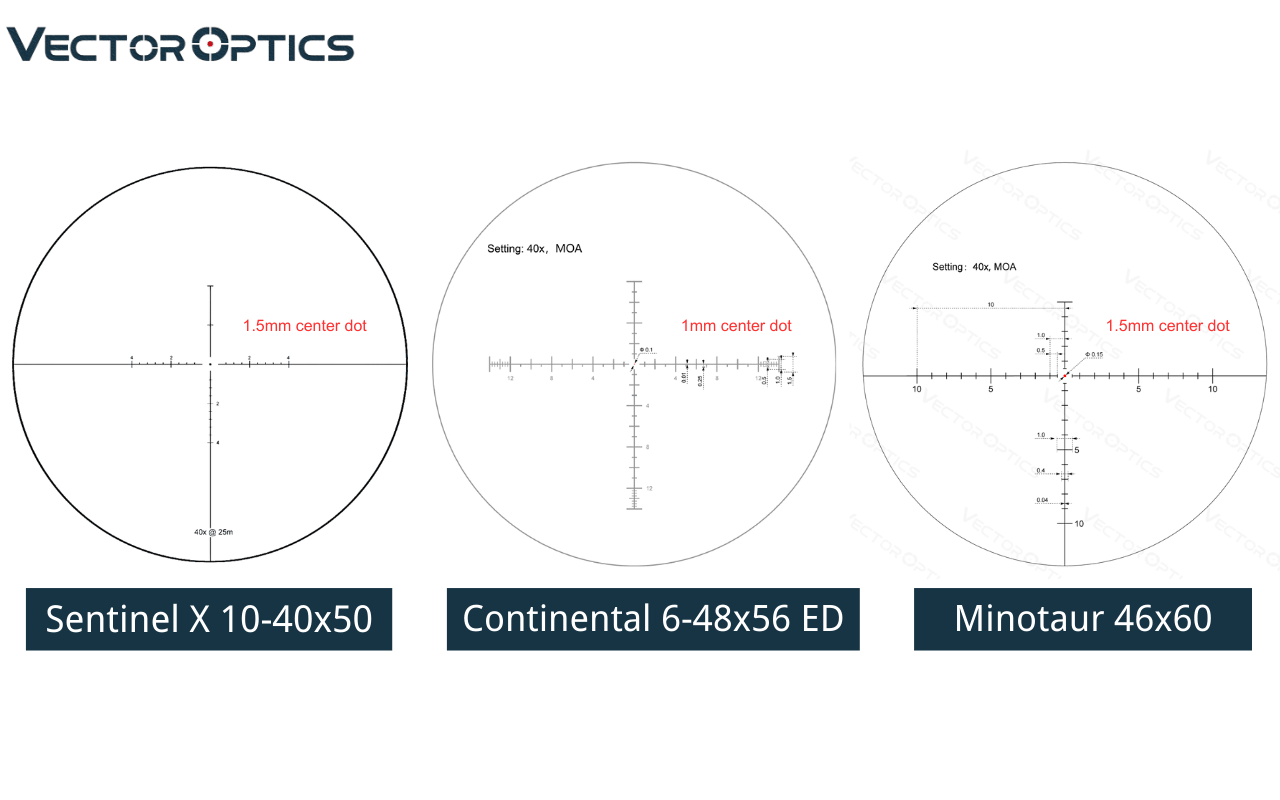
Scope Lens Quality Matters
Benchrest competitions usually happen during the day. However, sometimes shooting goes into dawn or dusk. In these low-light situations, a scope that lets in a lot of light is very important. Having a bright and clear view is key for hitting the target accurately, even when the light is fading. Scopes that have fully multi-coated lenses and good-quality glass work well in low-light conditions.
These features help to gather as much light as possible. This gives a brighter image and better visibility of the target. Shooters can keep their accuracy and confidence, even when the sun is going up or down.
For professional shooters who demand high-quality images and unparalleled precision, the Vector Optics top-line Continental 6-48x56 ED scope is an excellent choice. Its extra-low dispersion (ED) glass ensures maximum clarity and reduces chromatic aberration, making it ideal for long-range benchrest shooting where every detail counts. With a fine reticle designed for precise aiming, it’s perfect for serious competitors.
The classic line Minotaur GenII 46x60 offers fixed high magnification and a large 60mm objective lens, delivering outstanding optical performance at 25-50m. Its simple yet robust design, along with its side focus adjustment, makes it versatile and reliable for those seeking high-quality optics without the complexities of variable zoom.
For entry-level shooters or those on a budget, the Sentinel 10-40x50 provides excellent value without compromising on essential features. It offers variable magnification, a fine center-dot reticle, and a fully multi-coated lens, making it a great choice for beginners looking to step into the world of benchrest shooting.
In conclusion, picking the right scope for benchrest competitions is very important for precision and accuracy in your shooting. You should think about what matters most to you. This could be long-range accuracy, clear viewing of the target, parallax correction, durability, or budget. It is also important to know the key features like reticle types, magnification, and the size of the objective lens. By choosing a scope that meets your shooting needs and preferences, you can improve your performance at the range. Make a smart choice to enhance your benchrest shooting experience.
References
1.Sporting Shooters' Association of Australia (SSAA)
2.https://www.rbgc.org/ Accurate Shooters Forum
3.Long Range Shooting Org


















